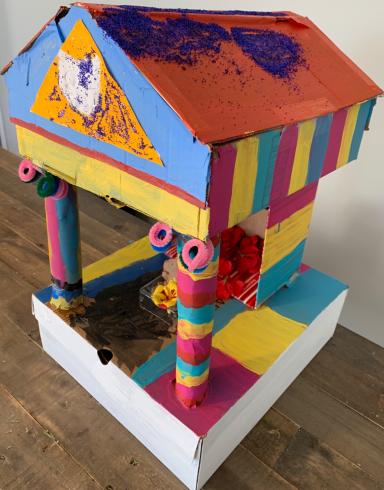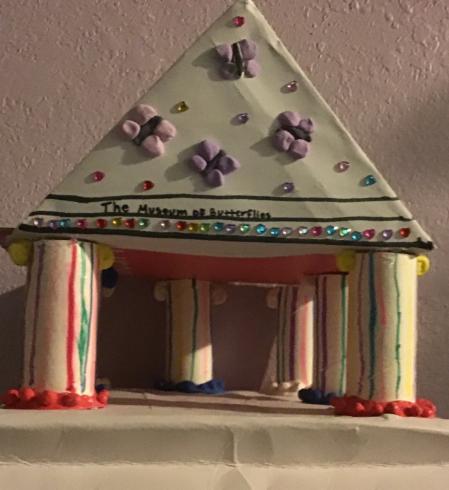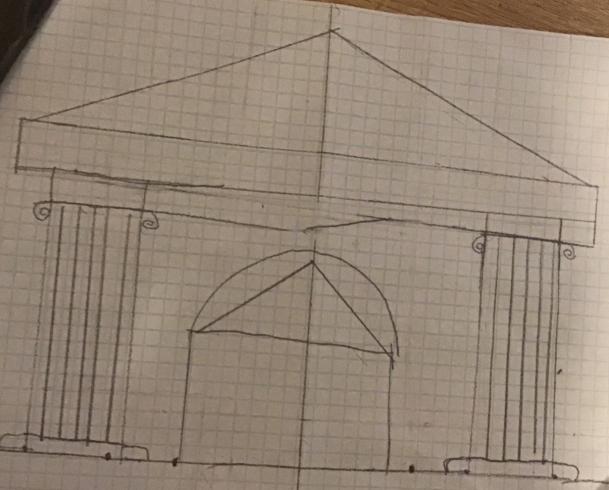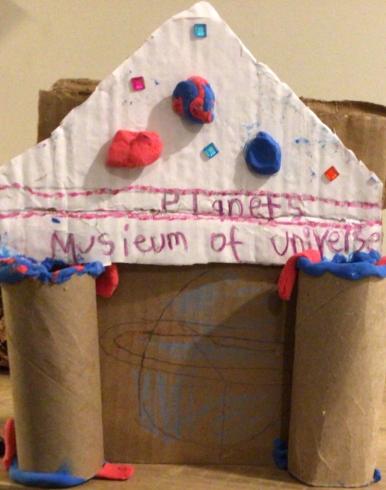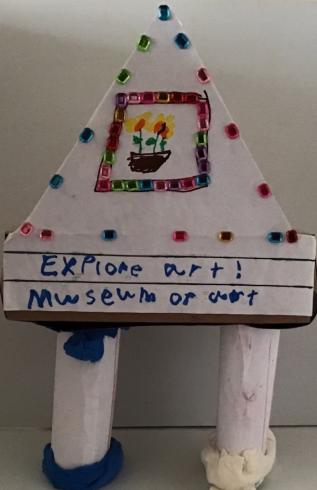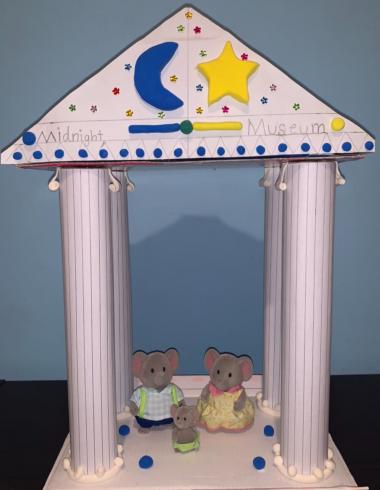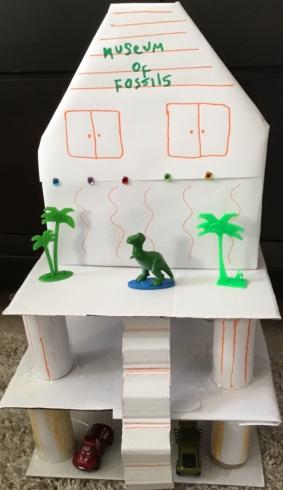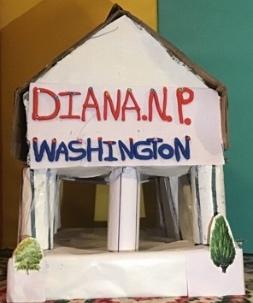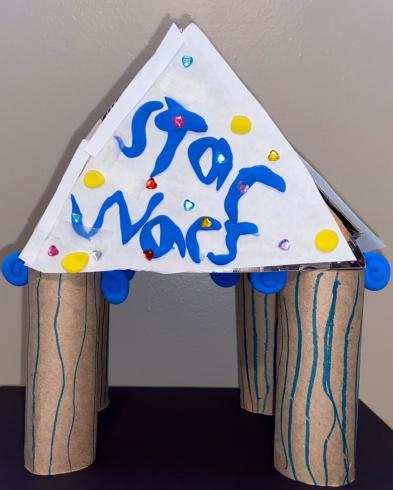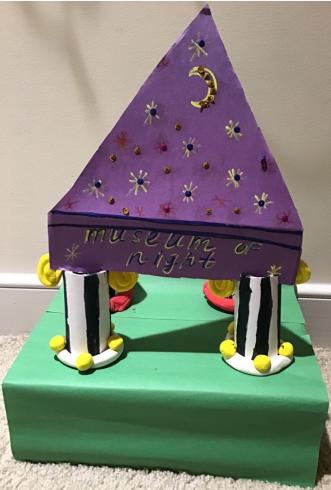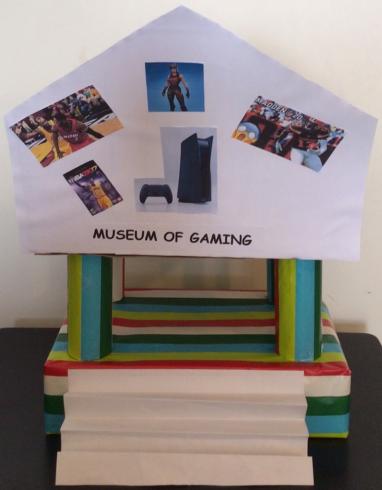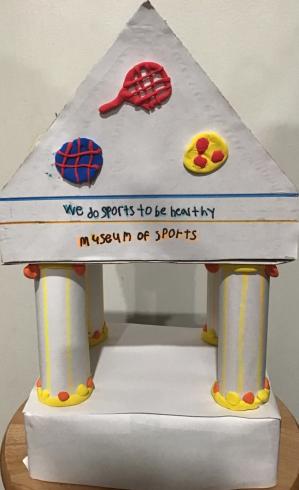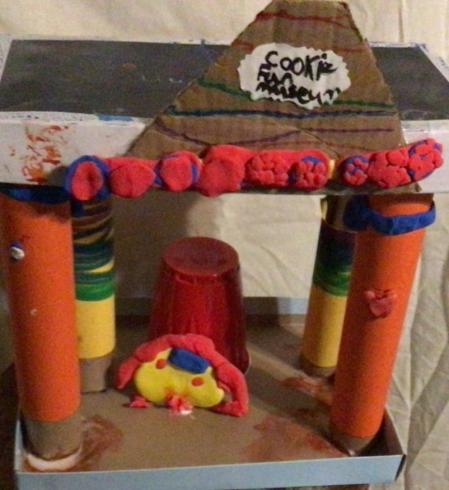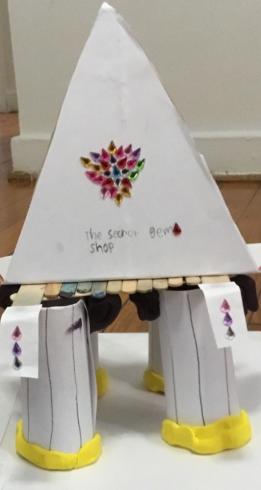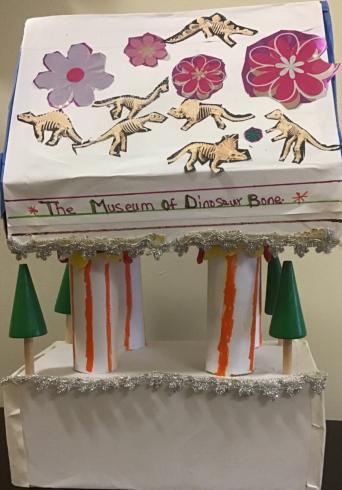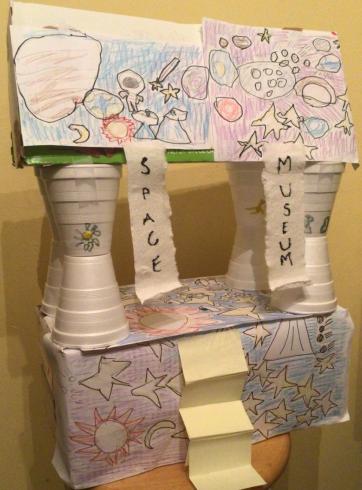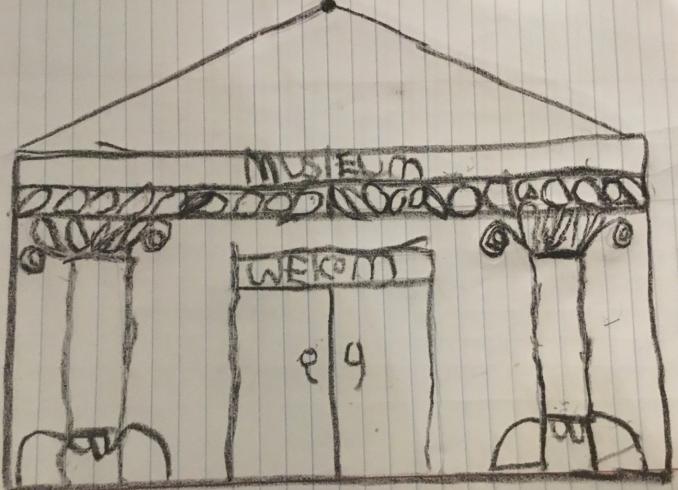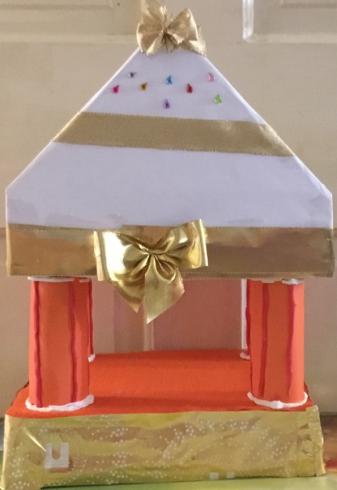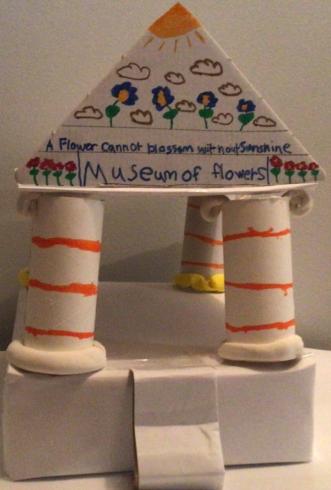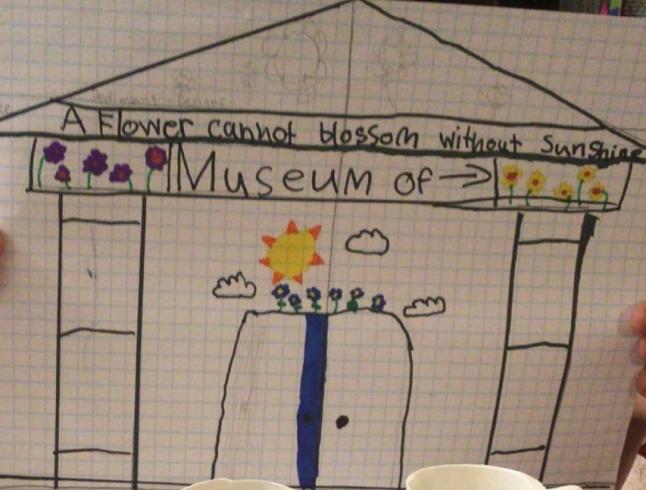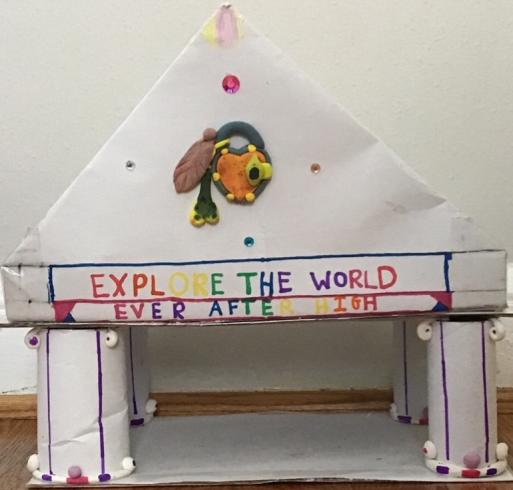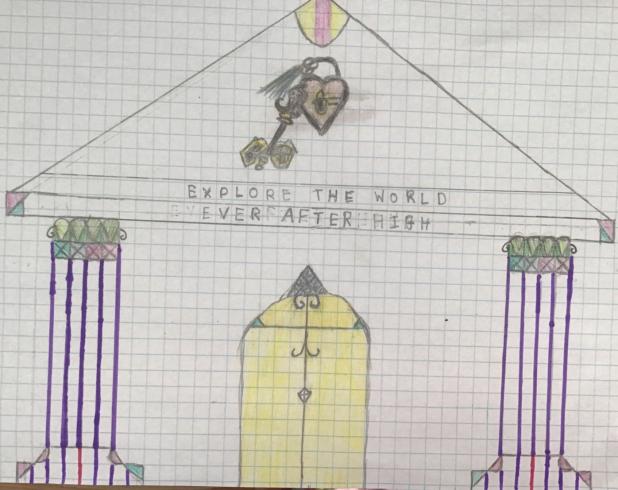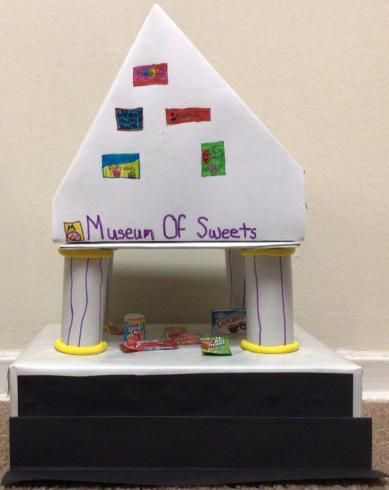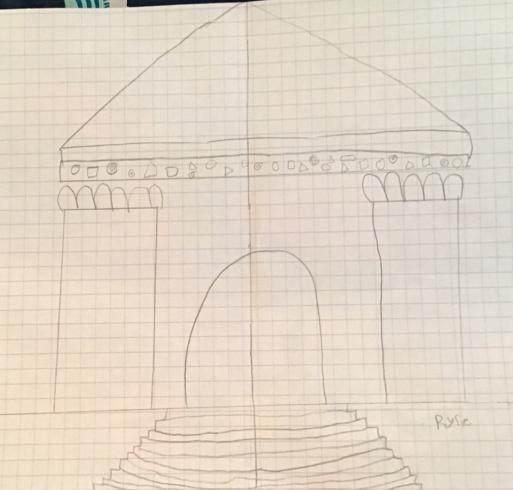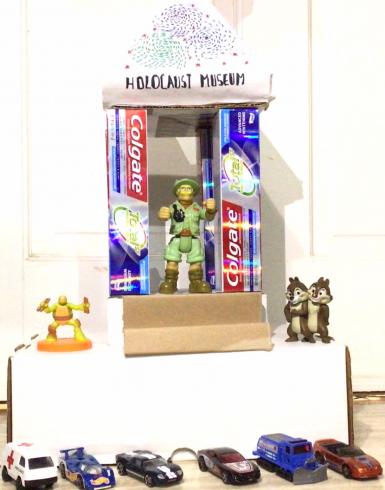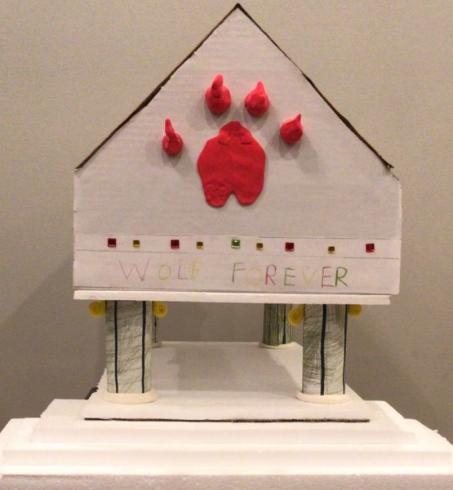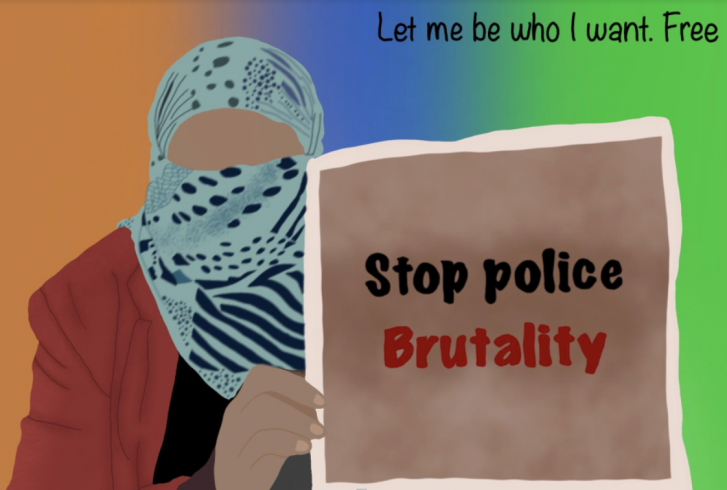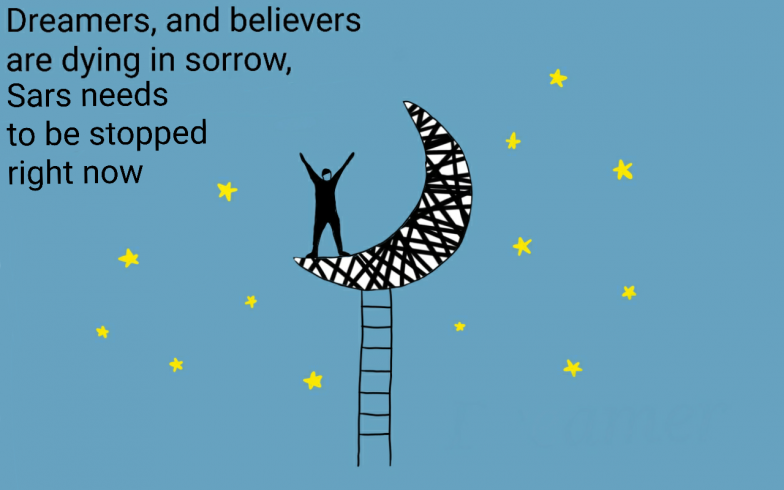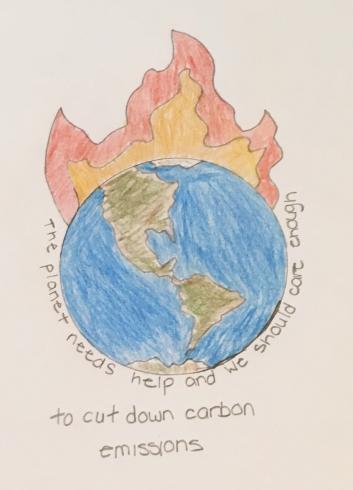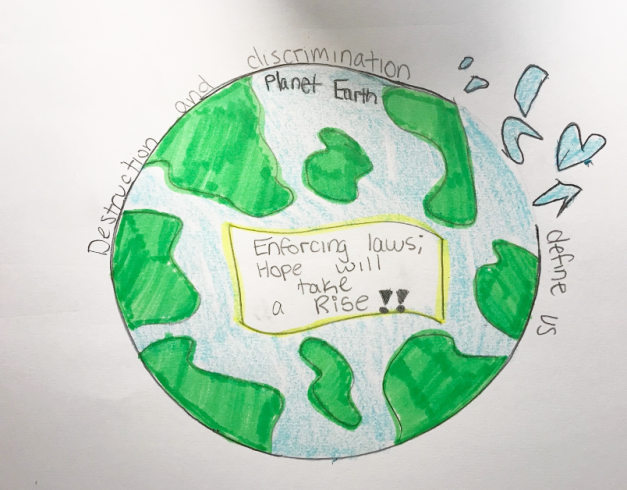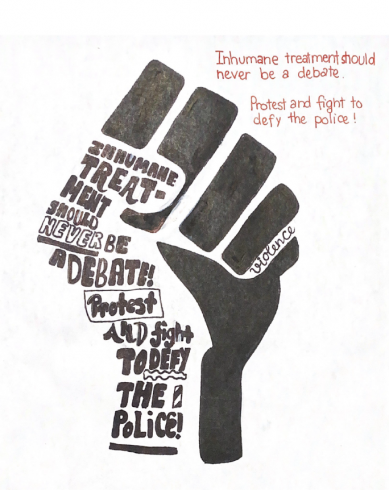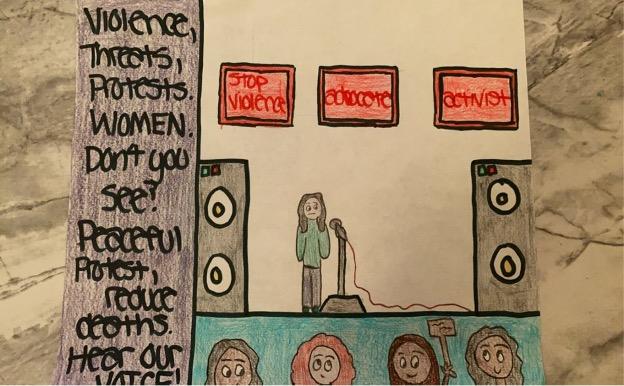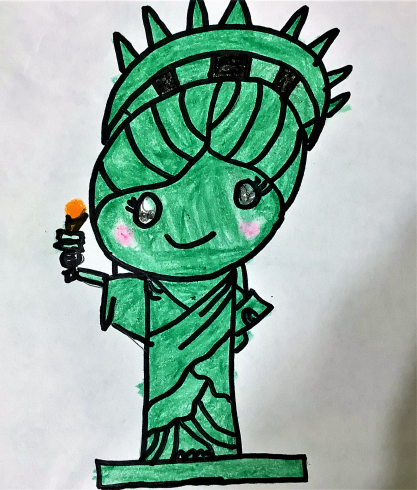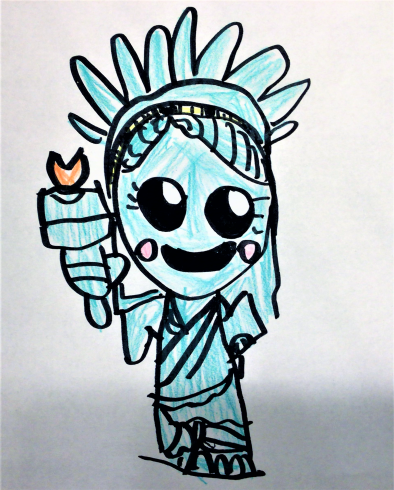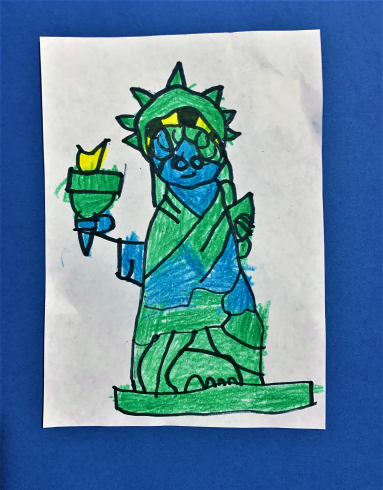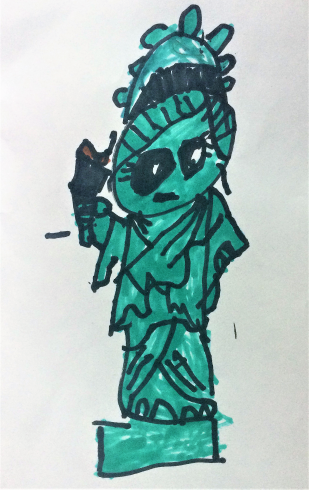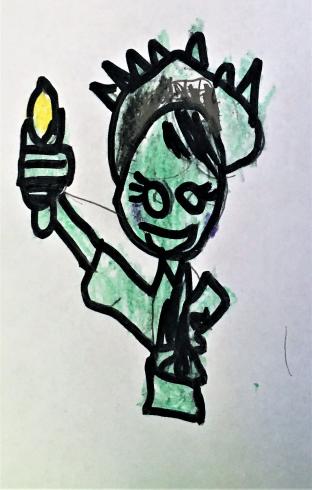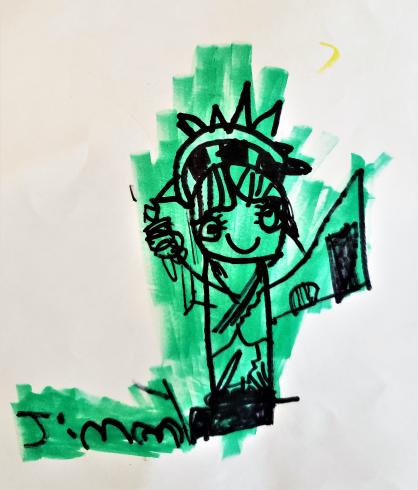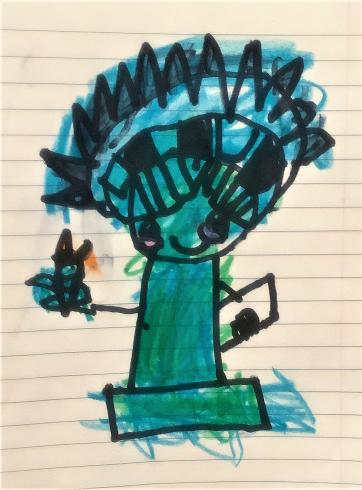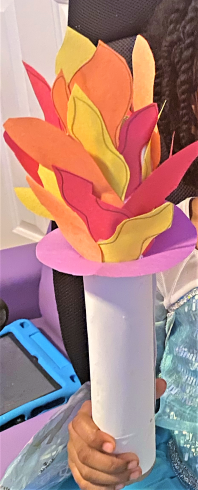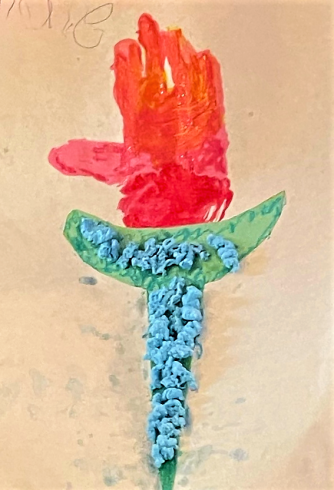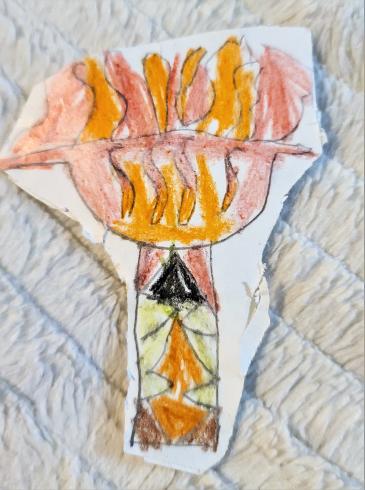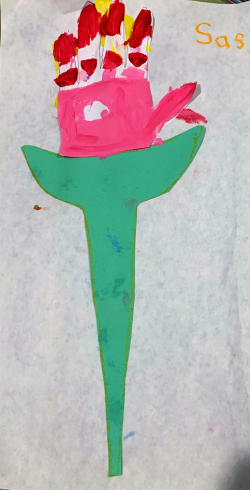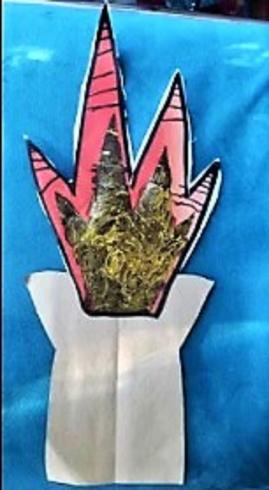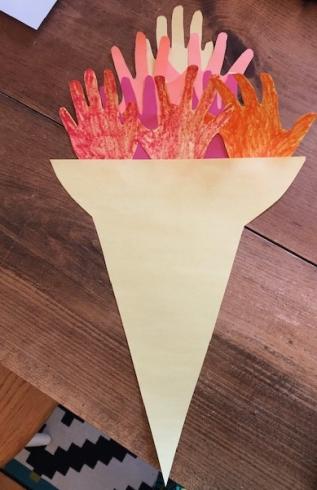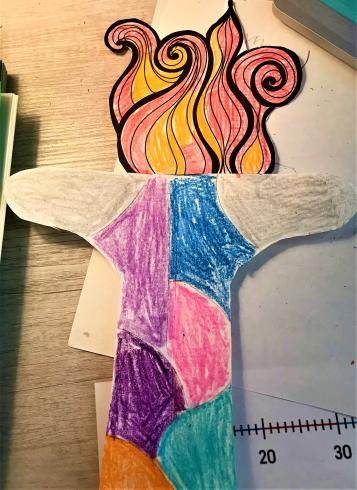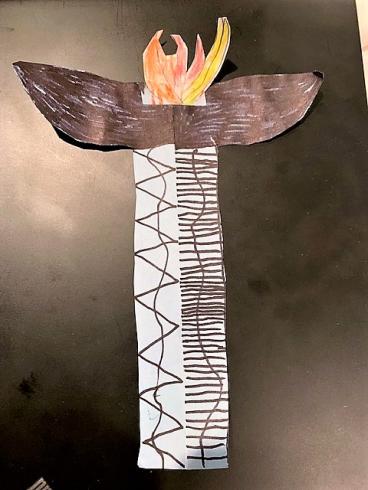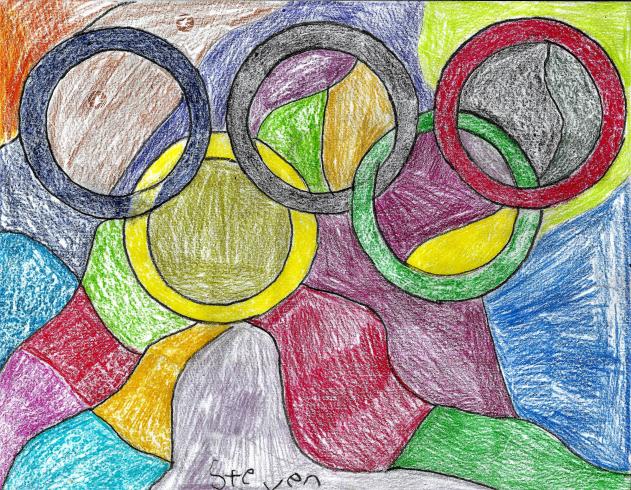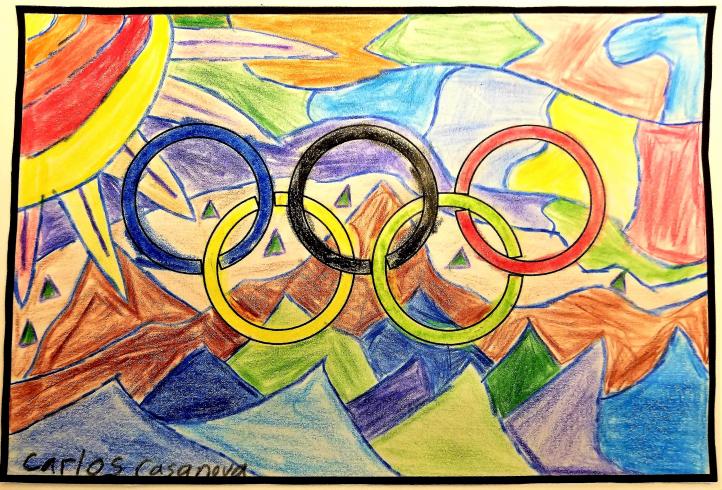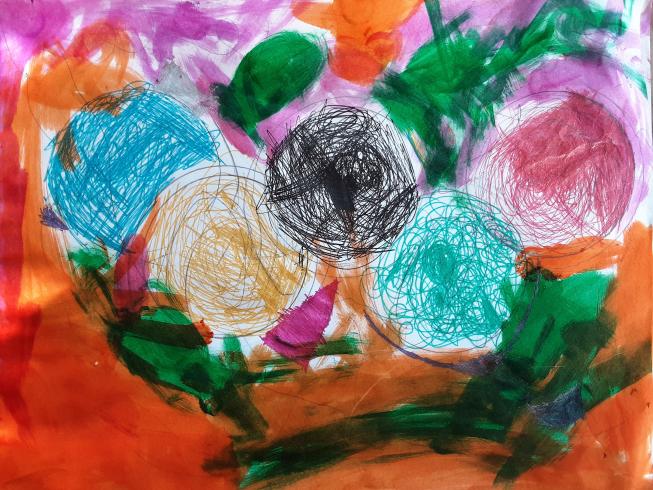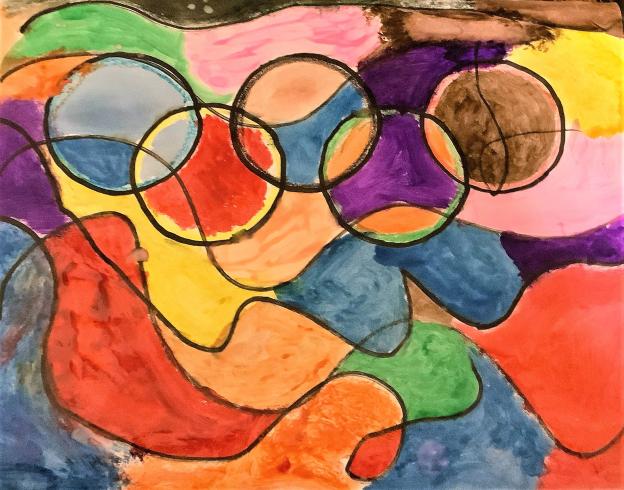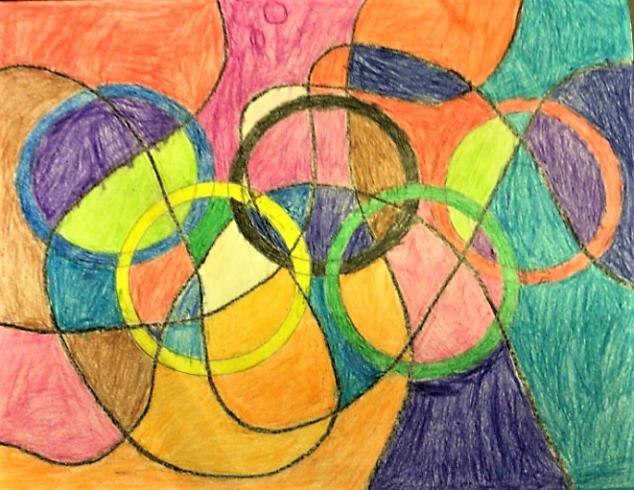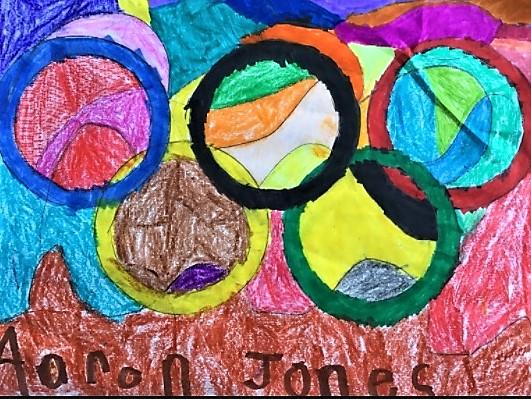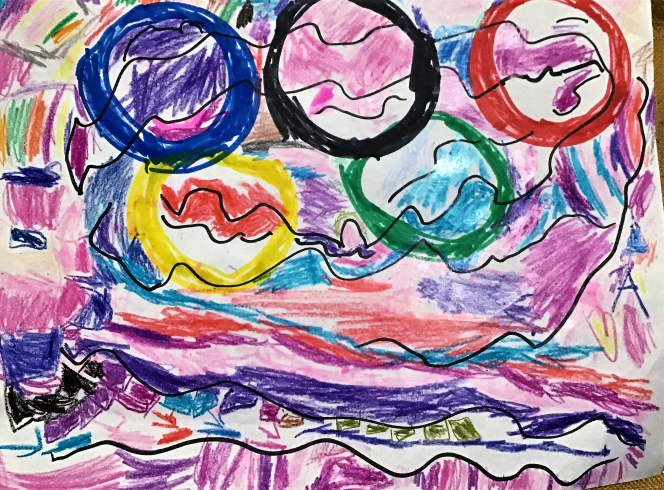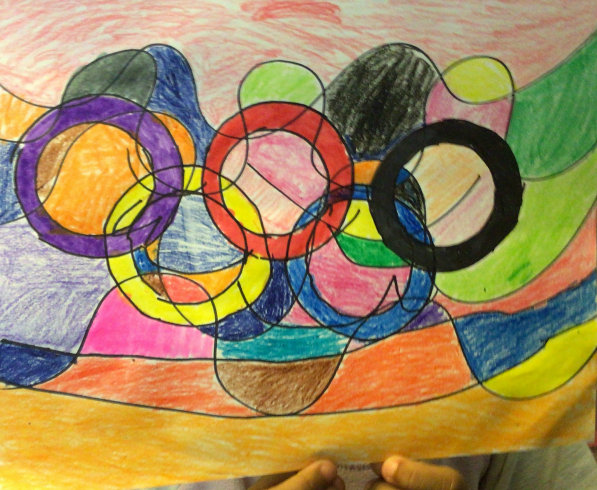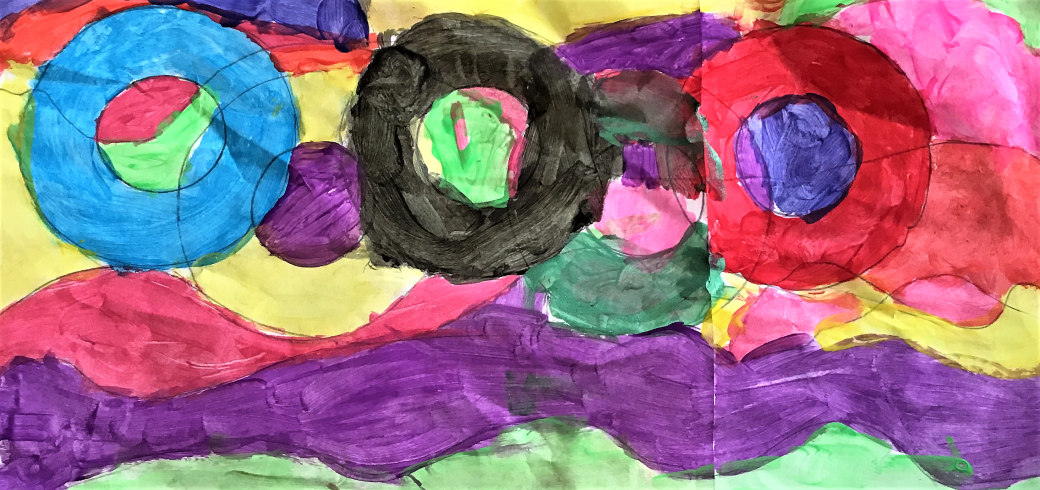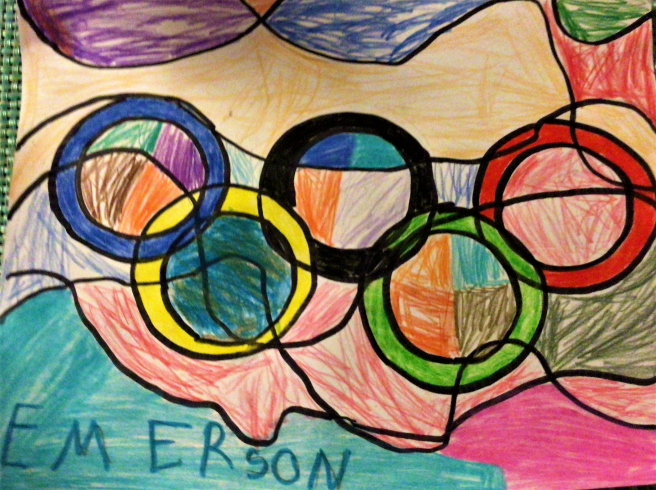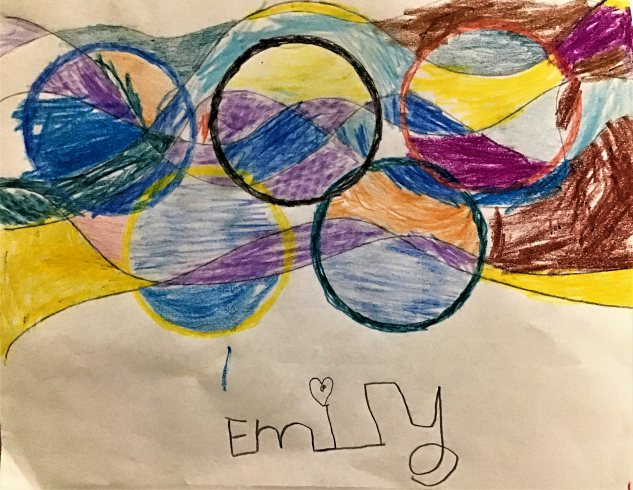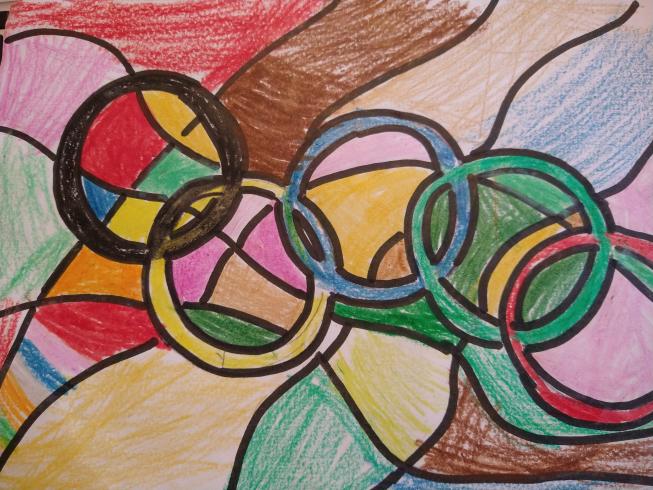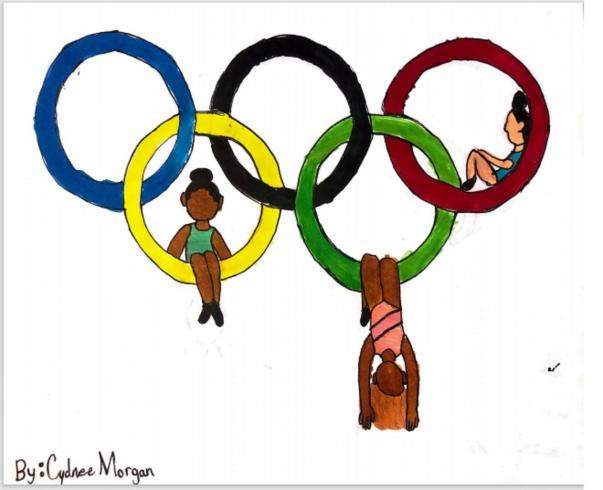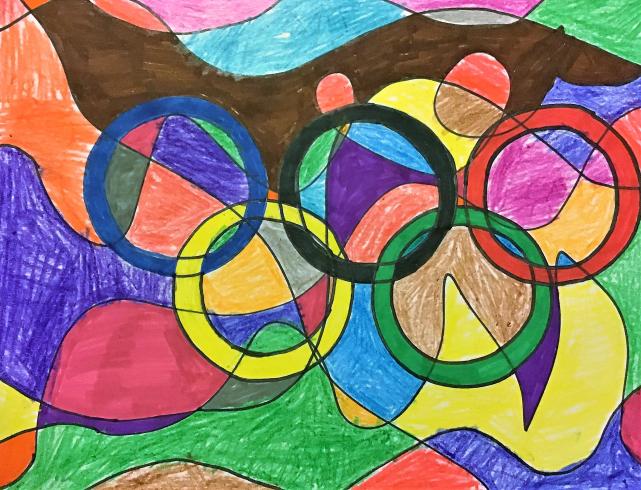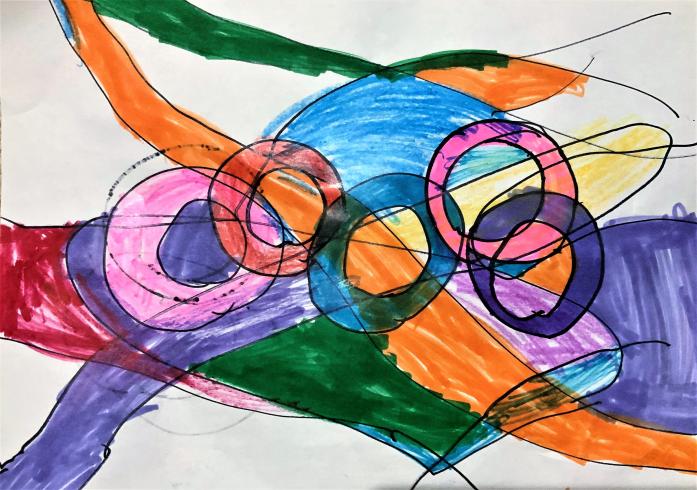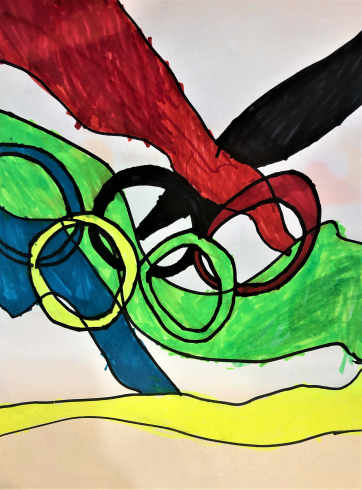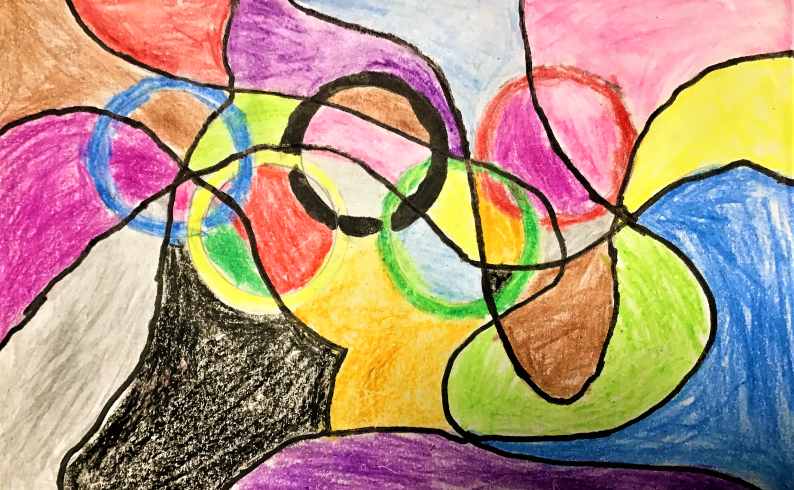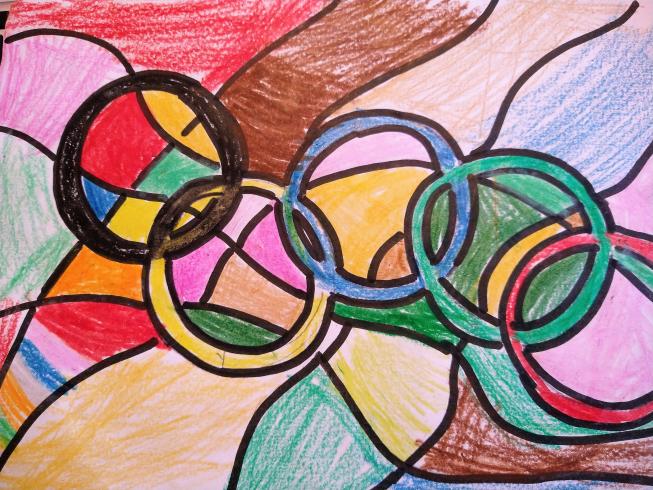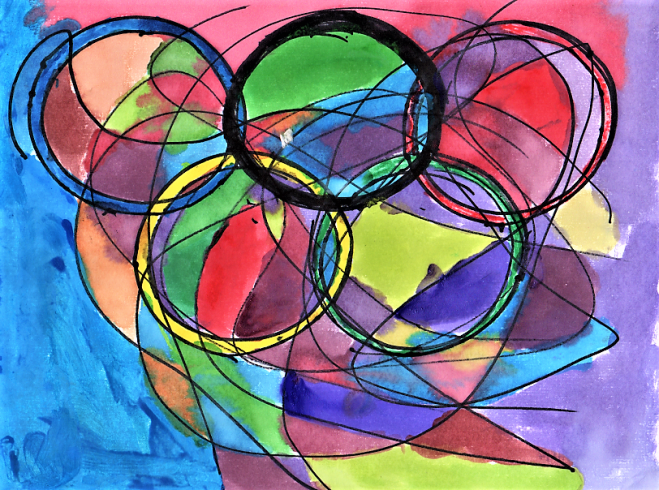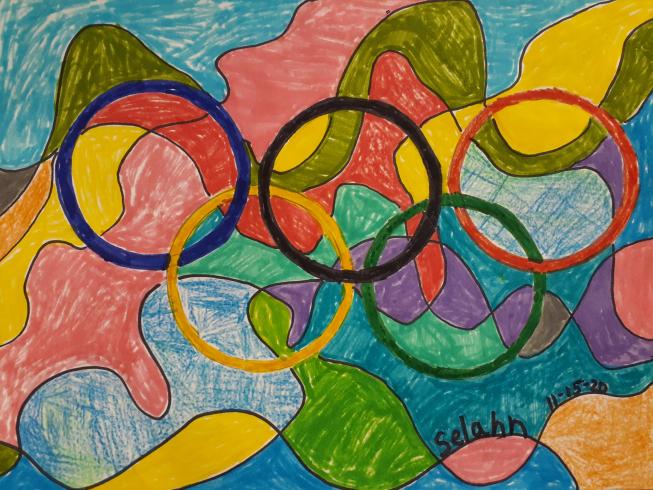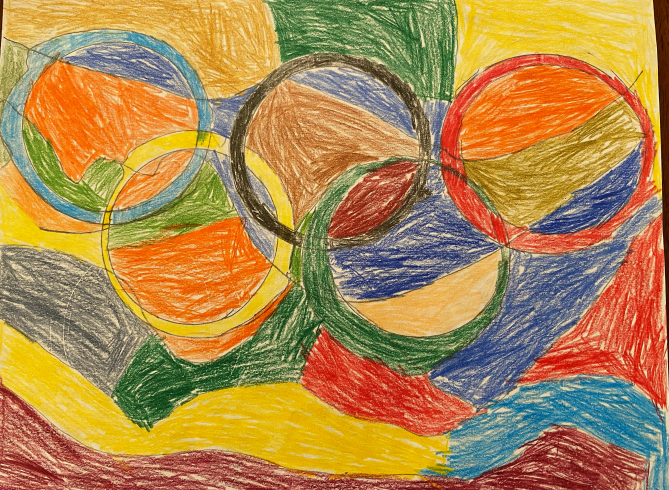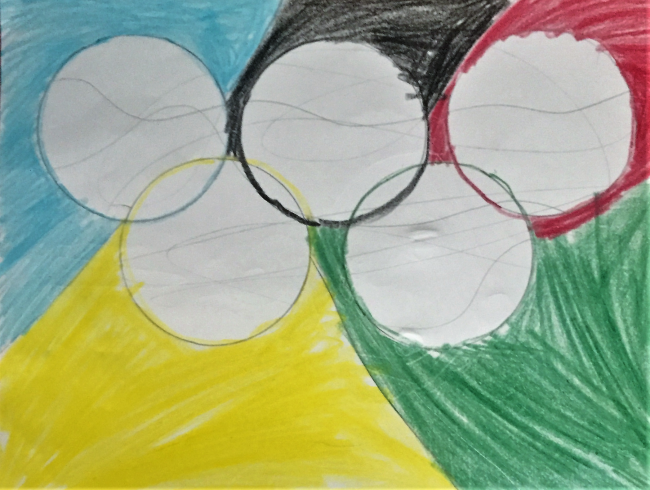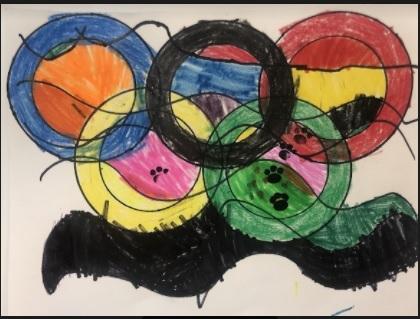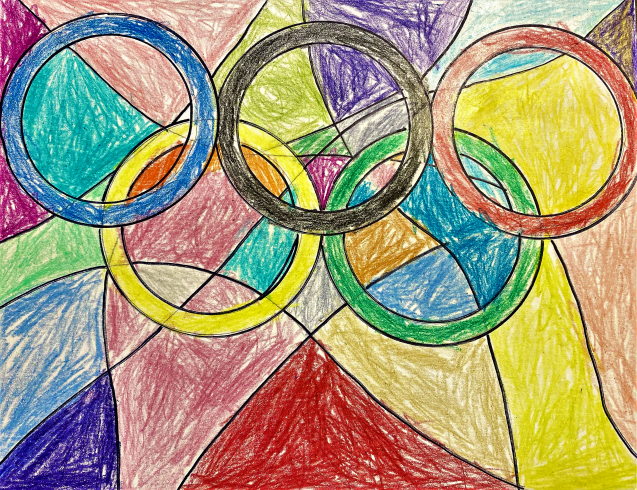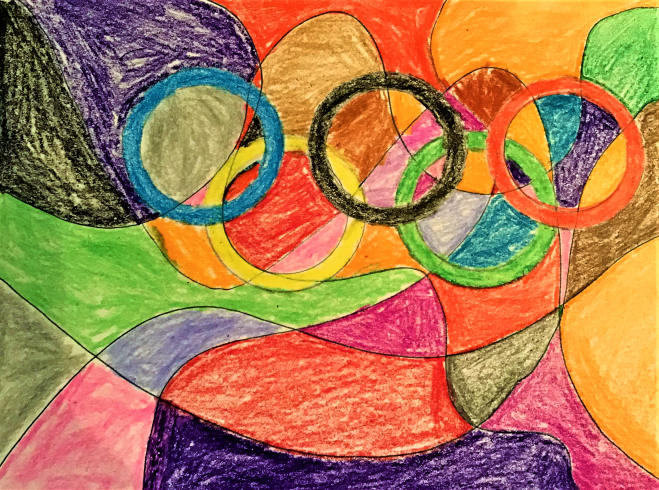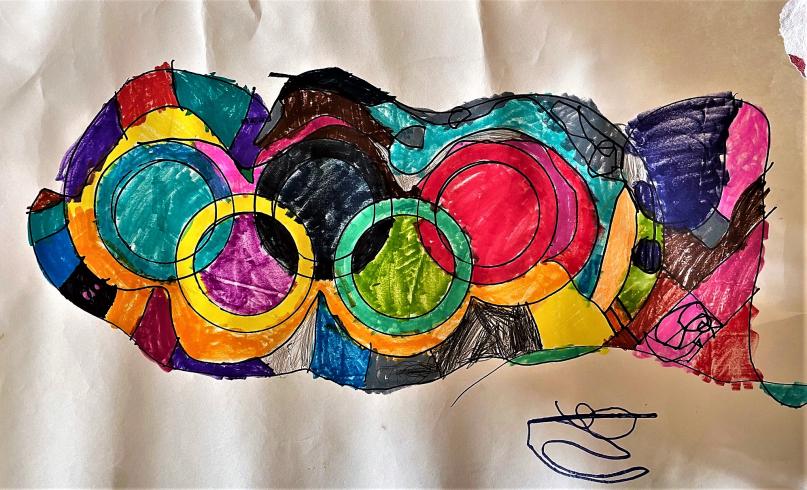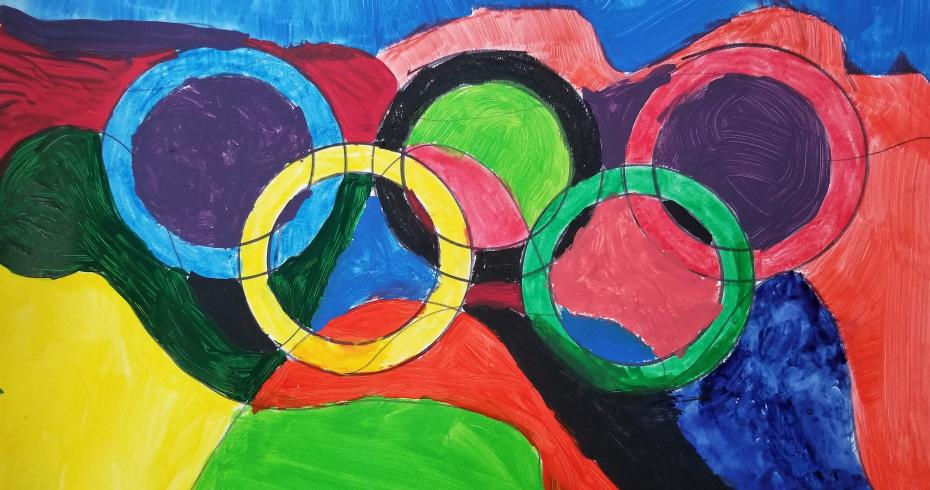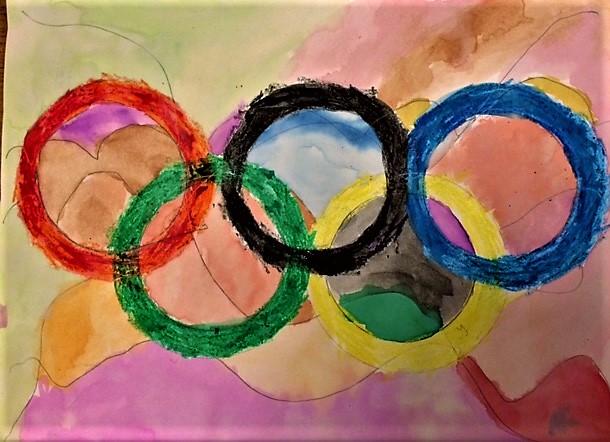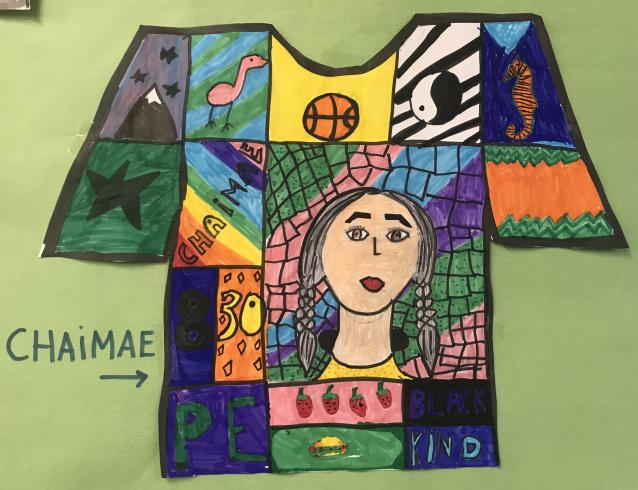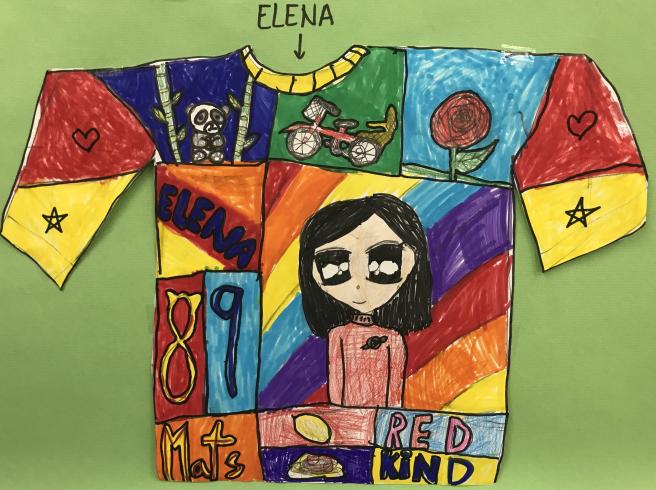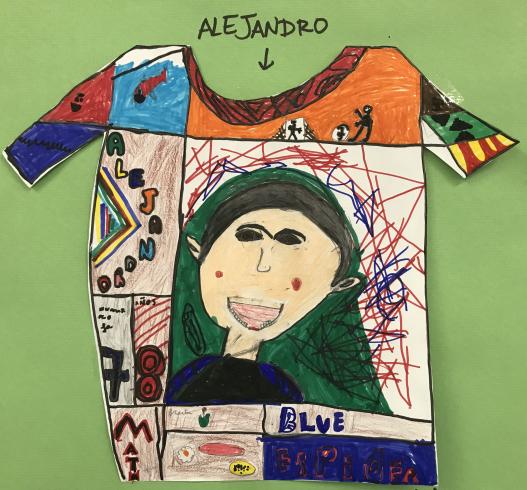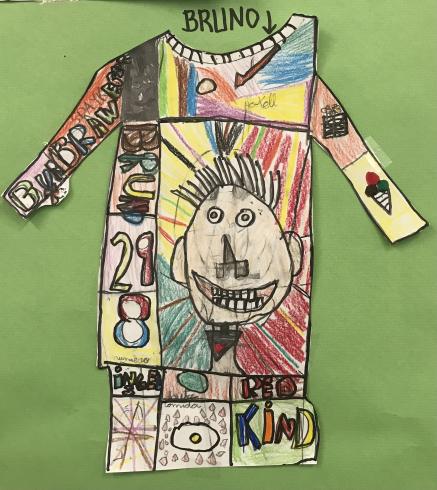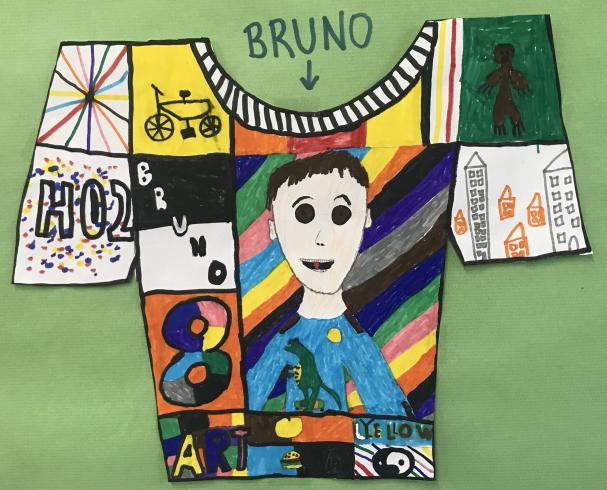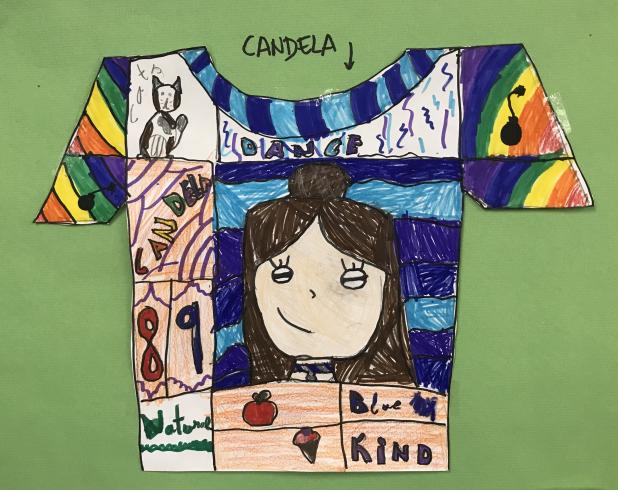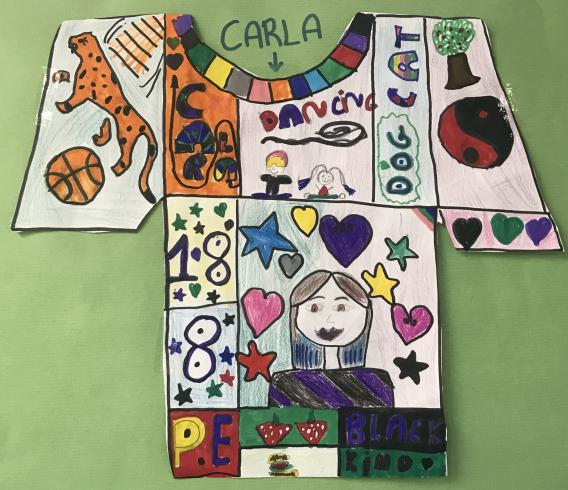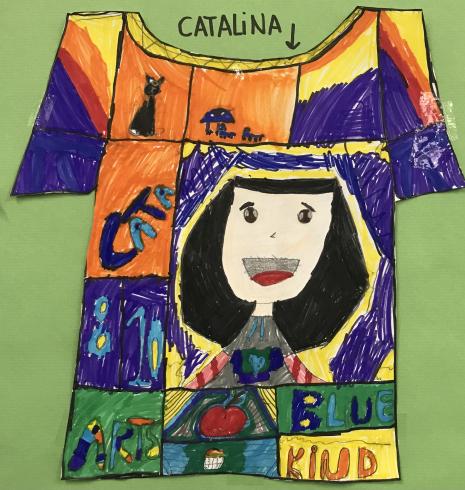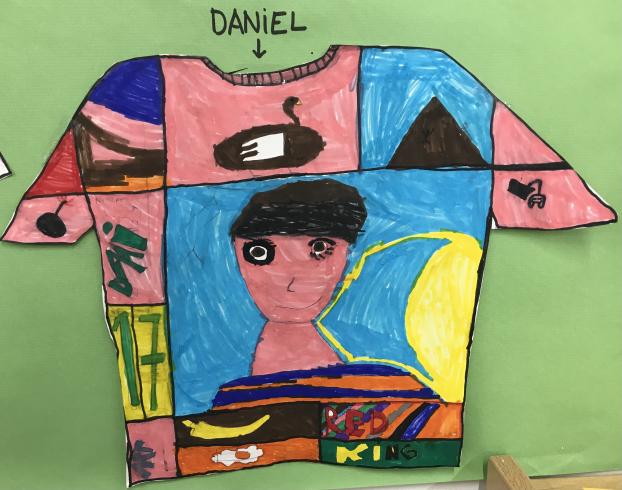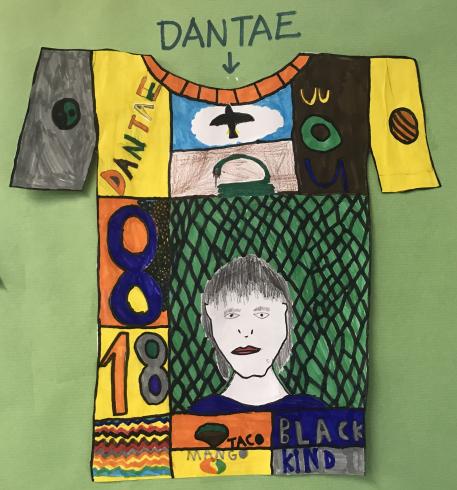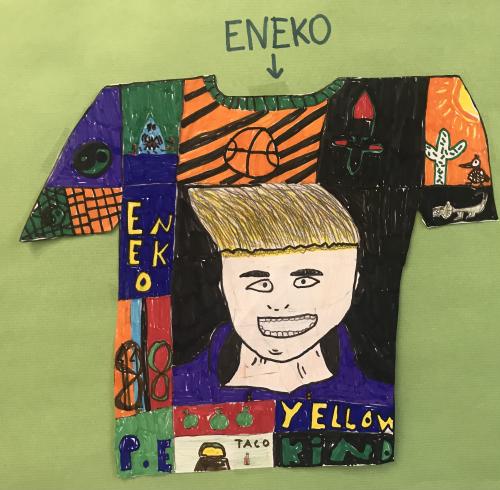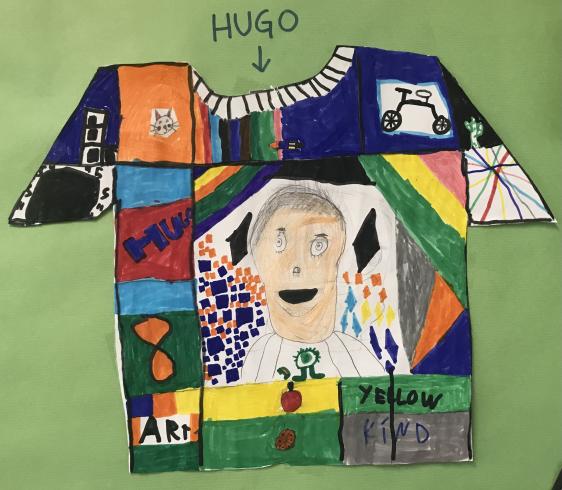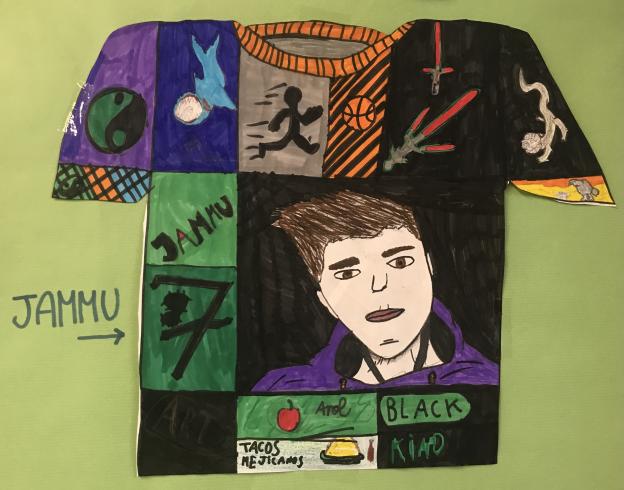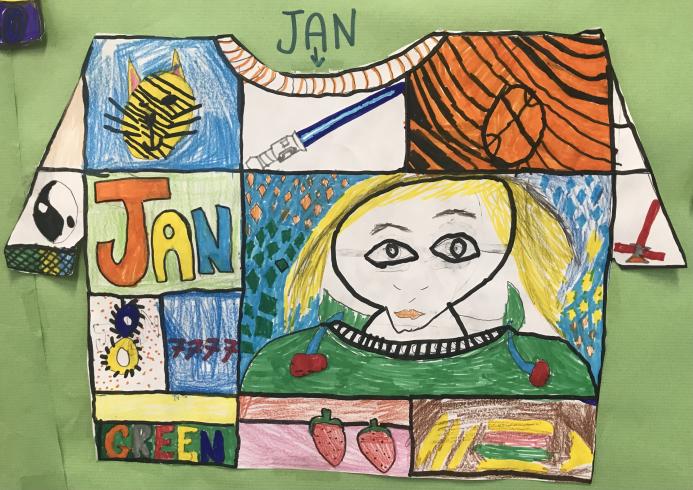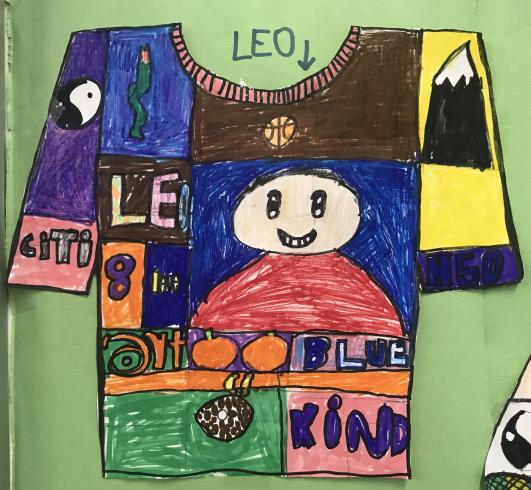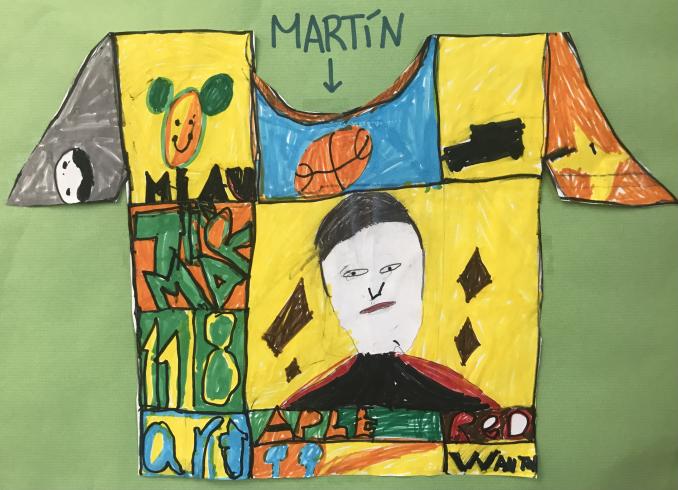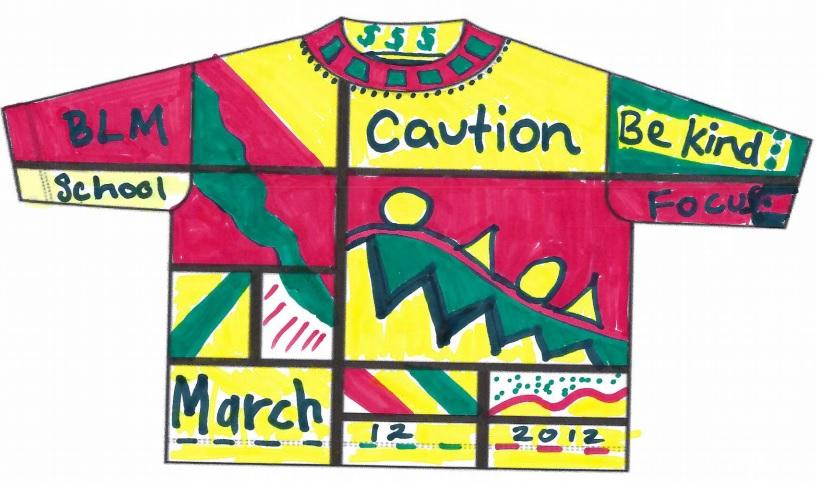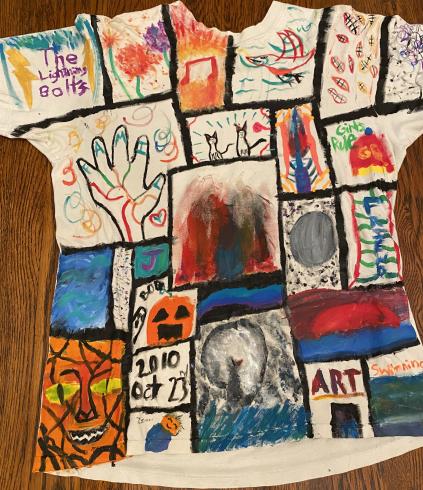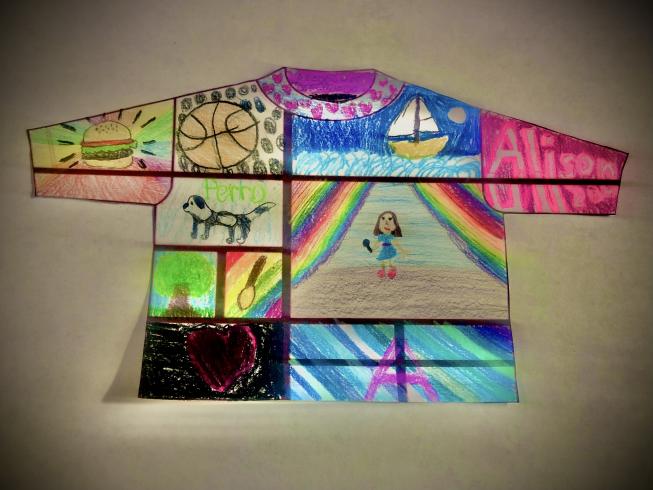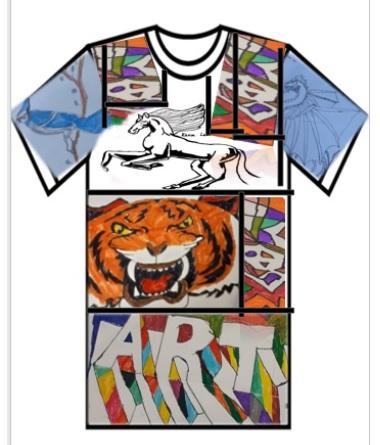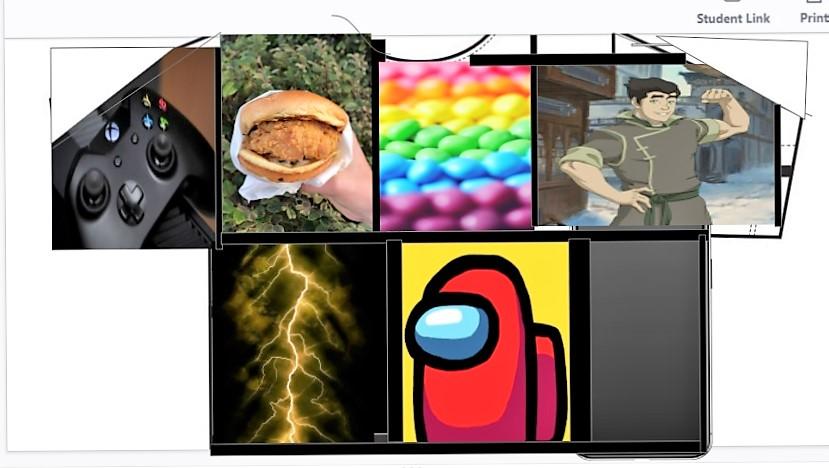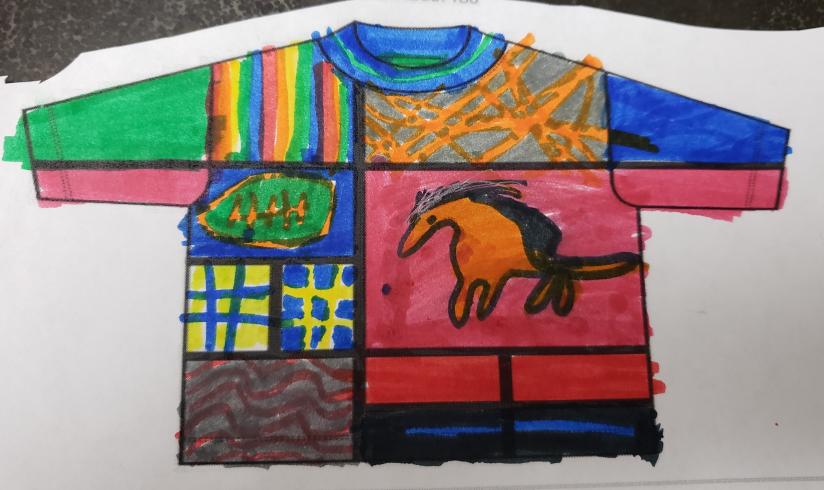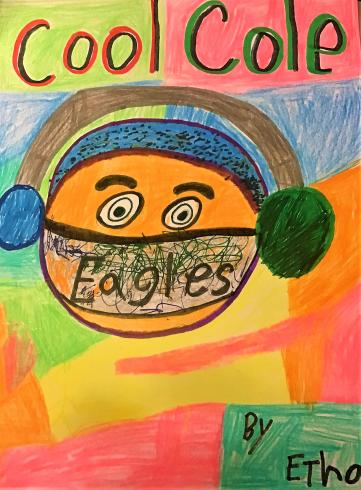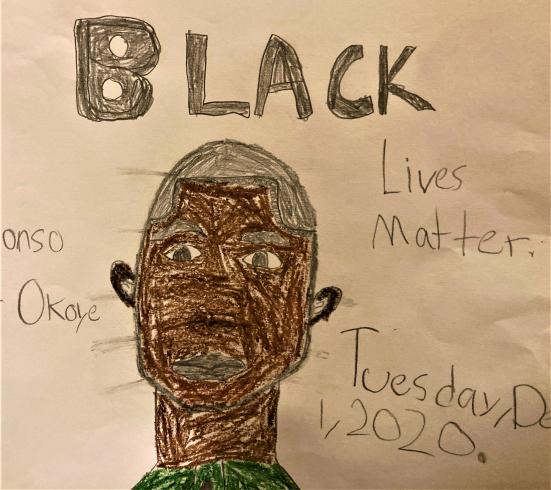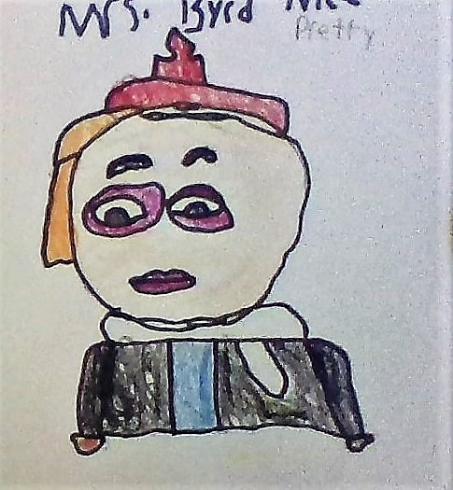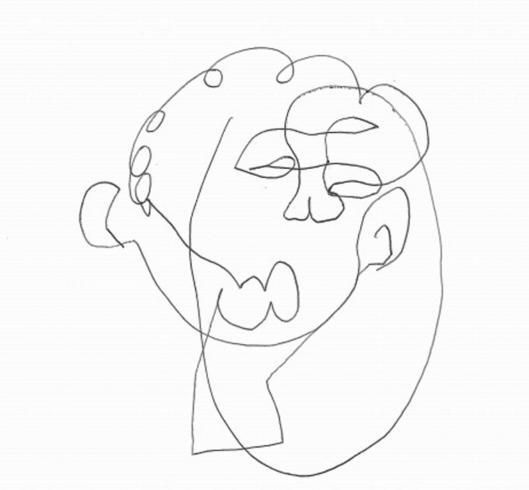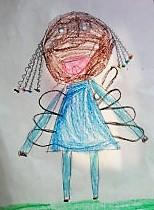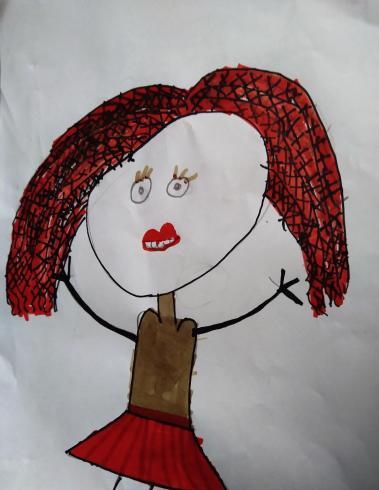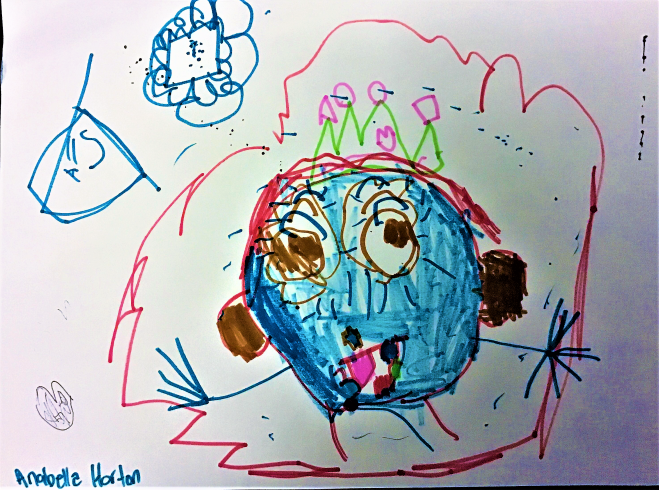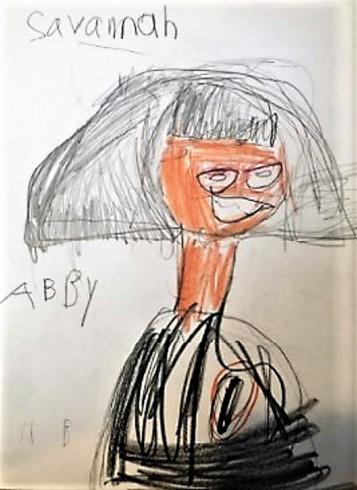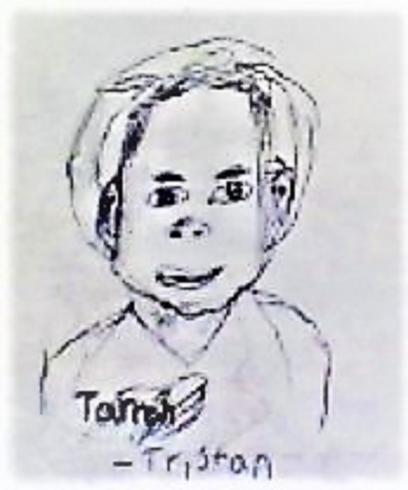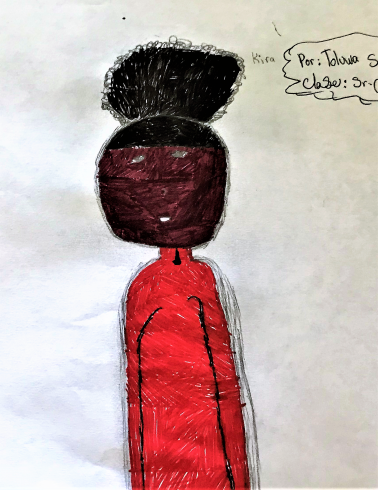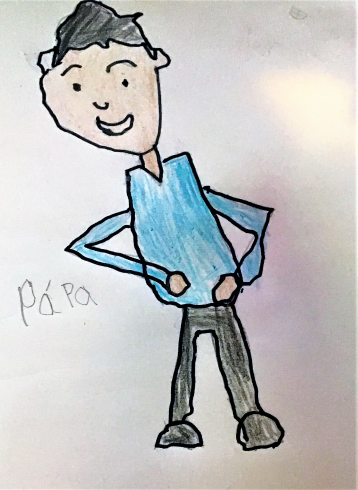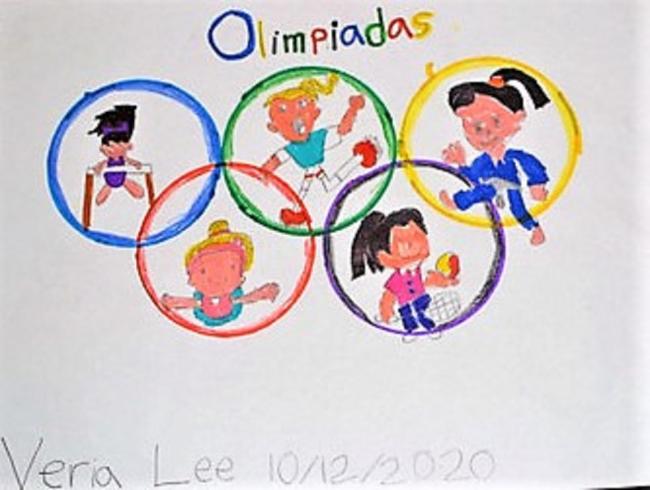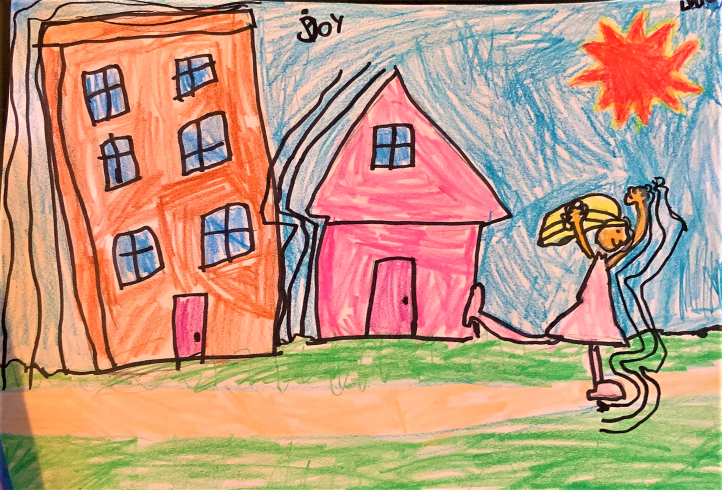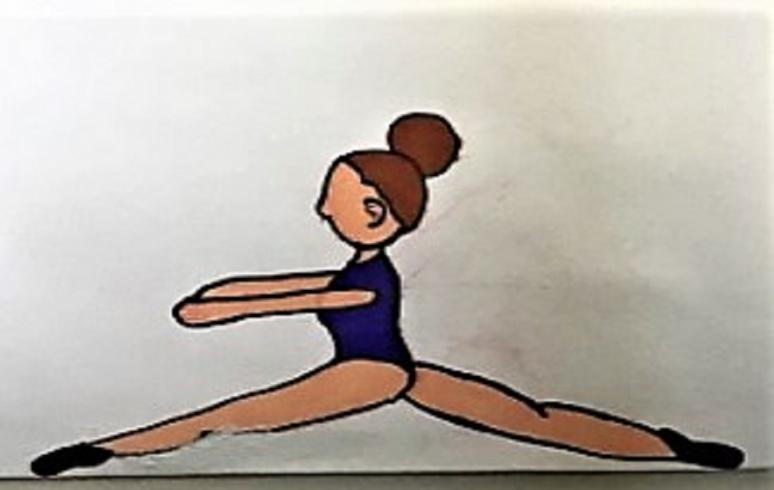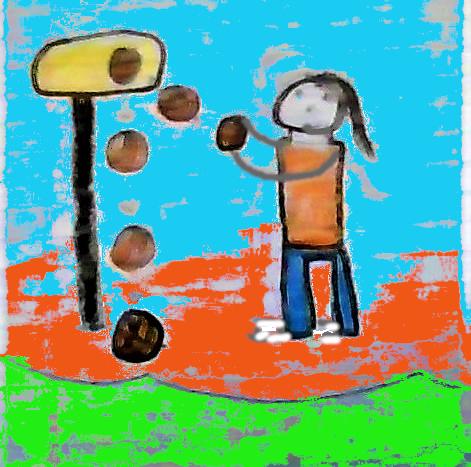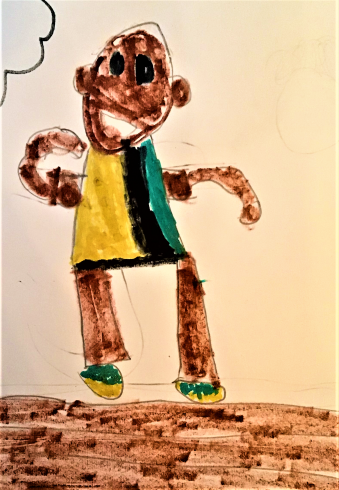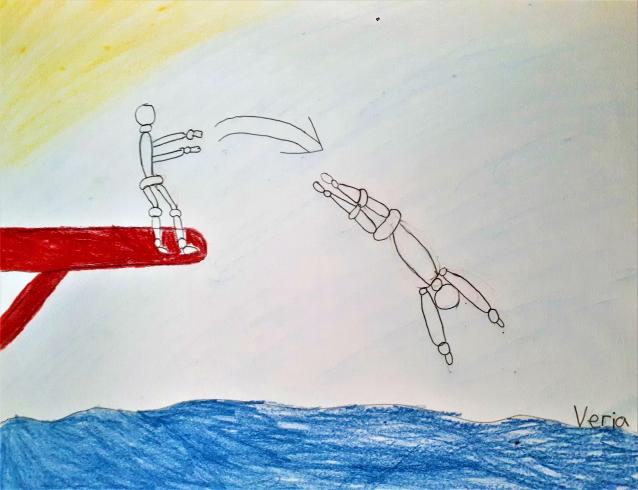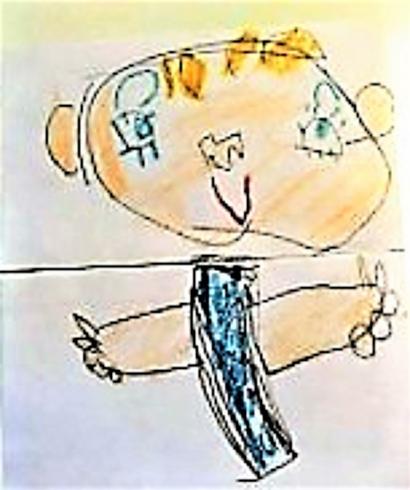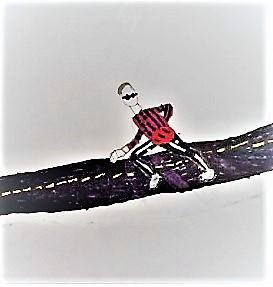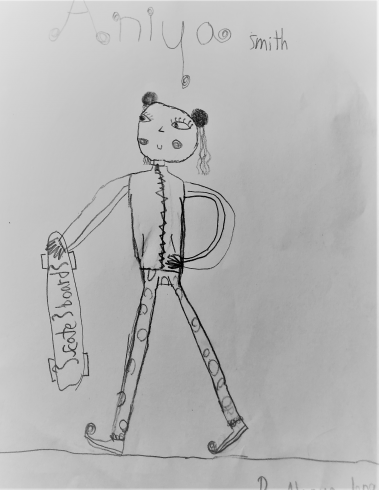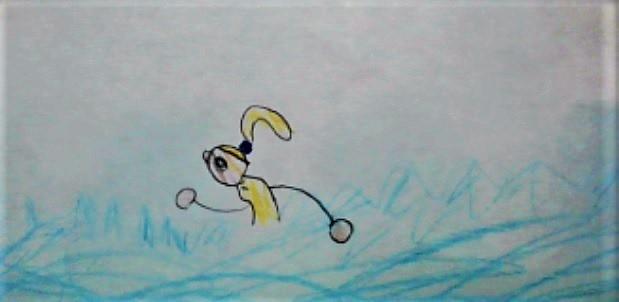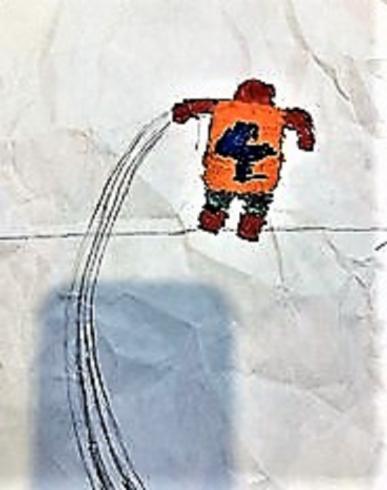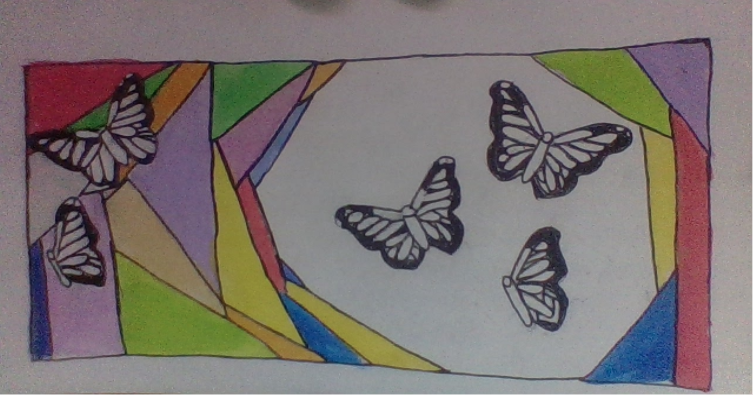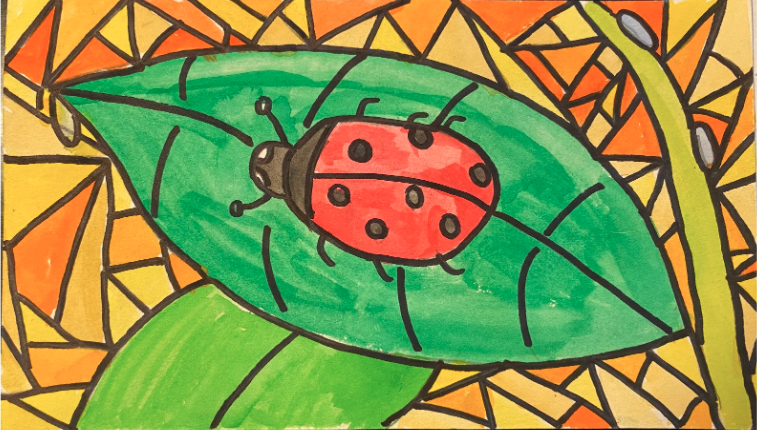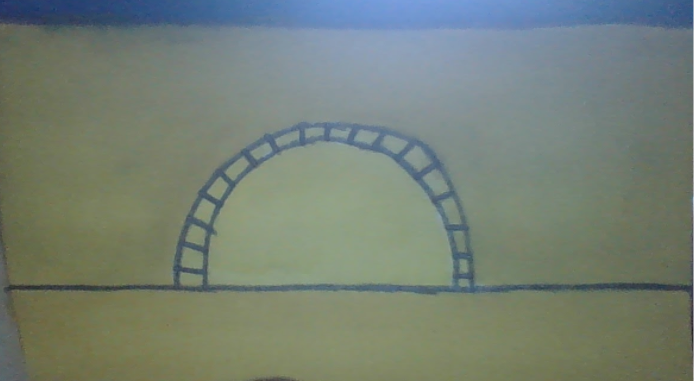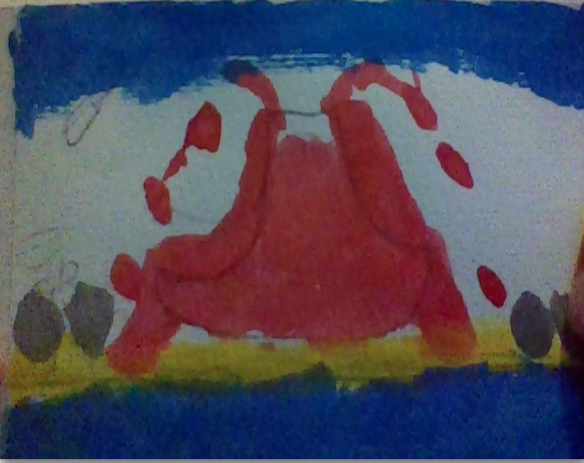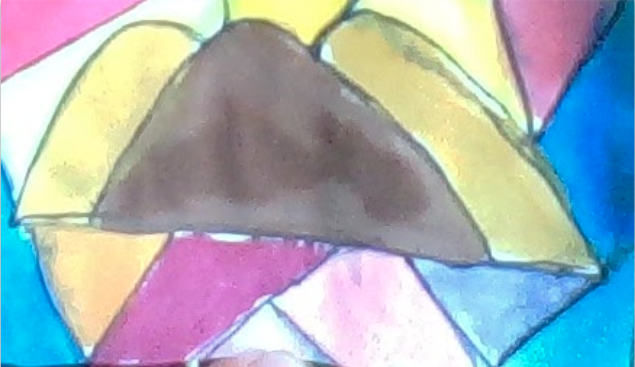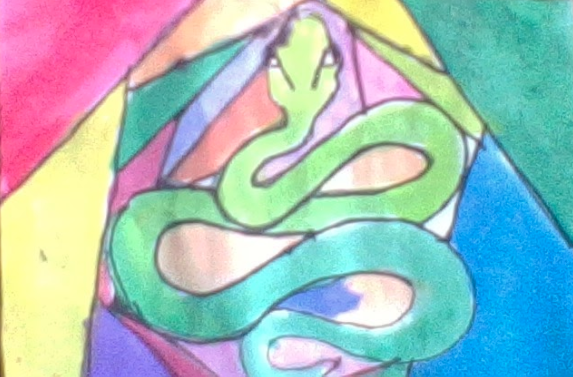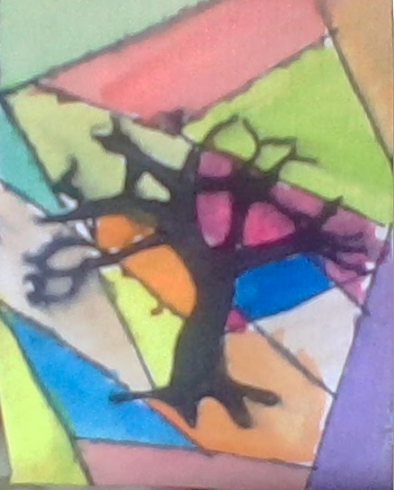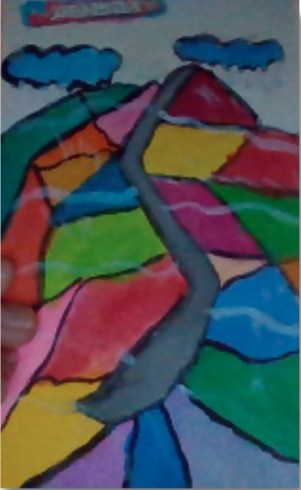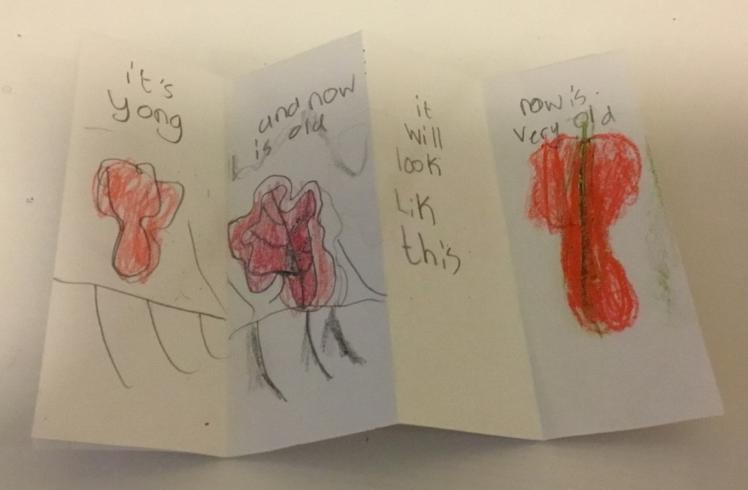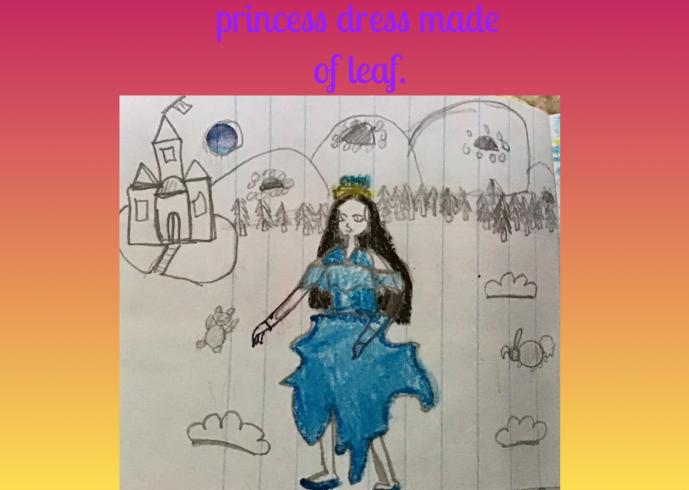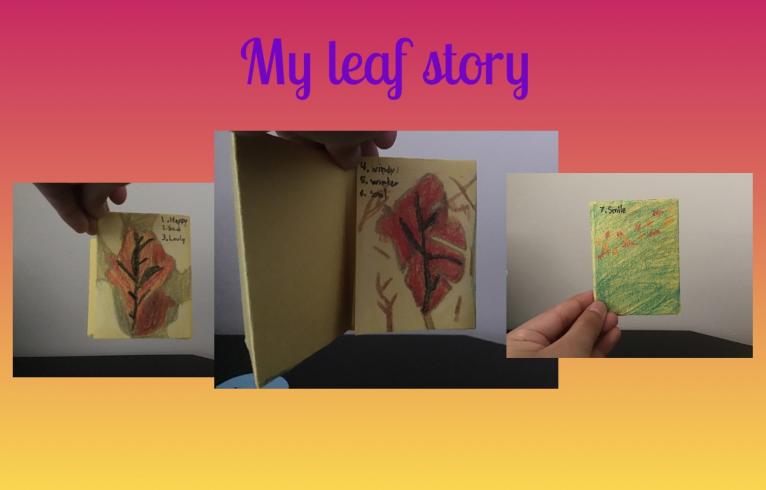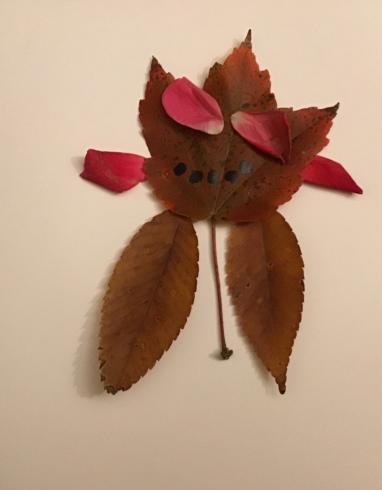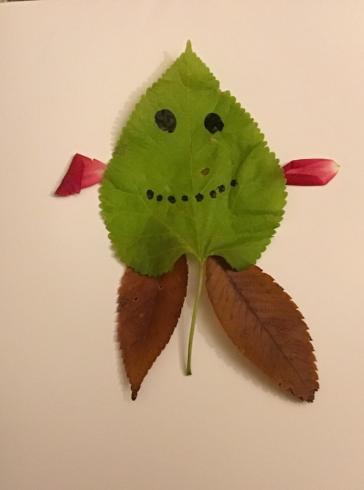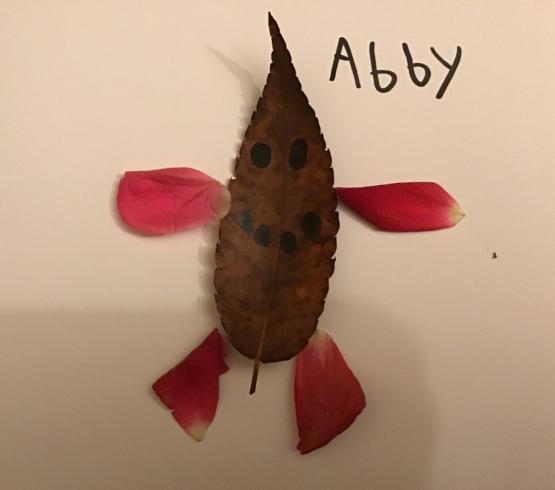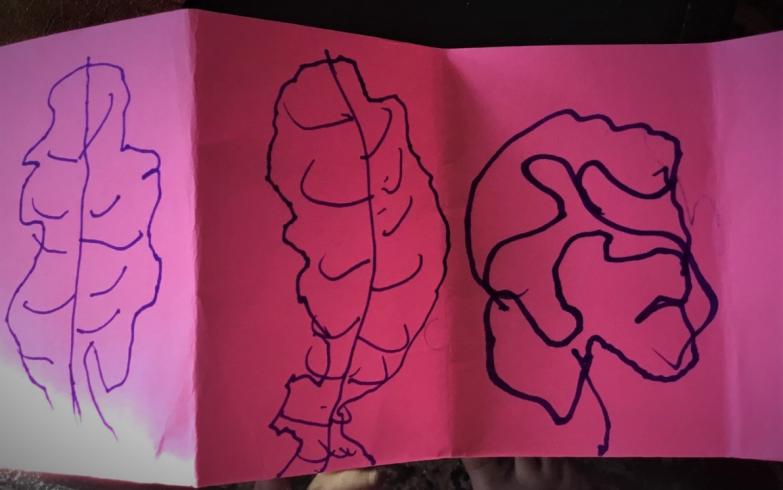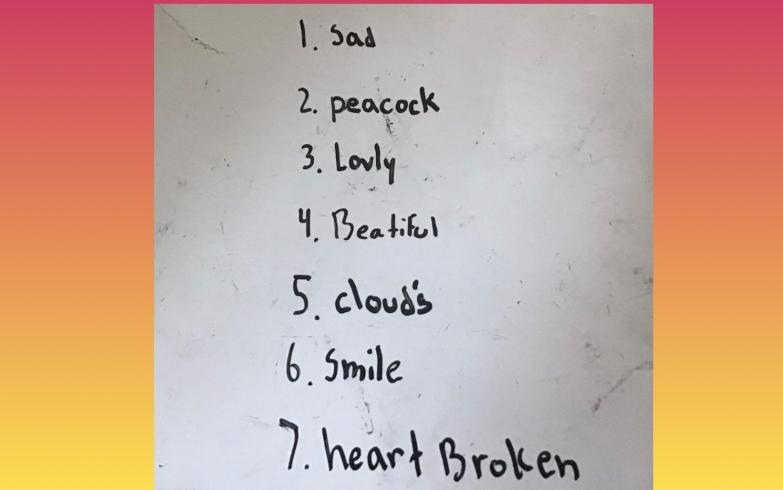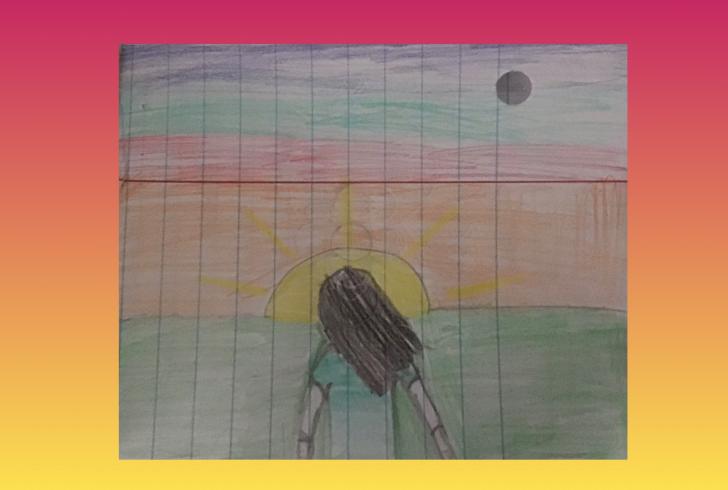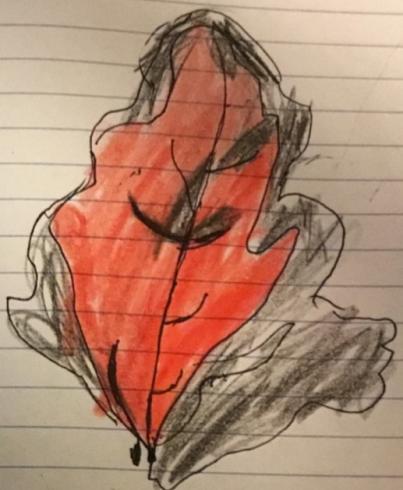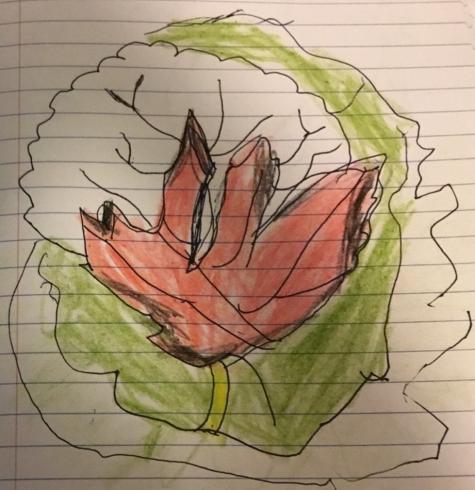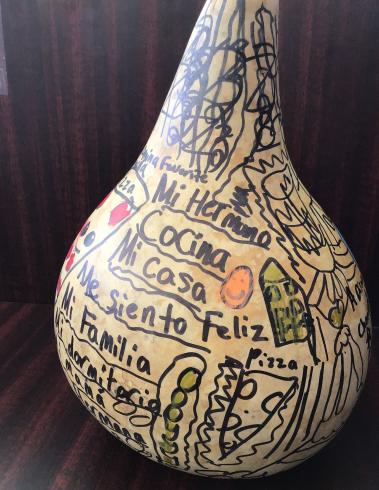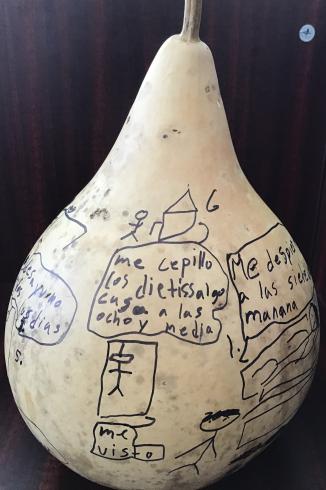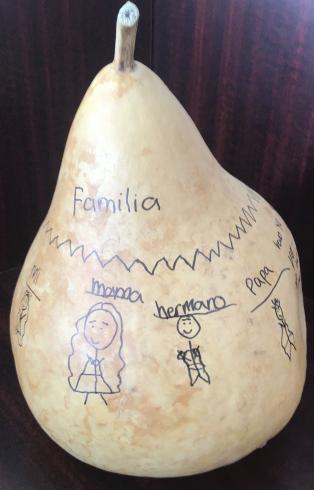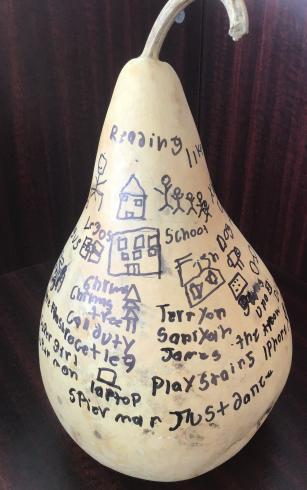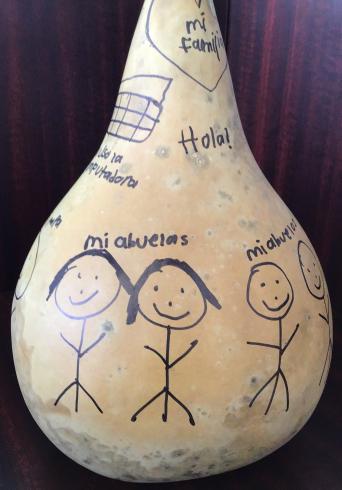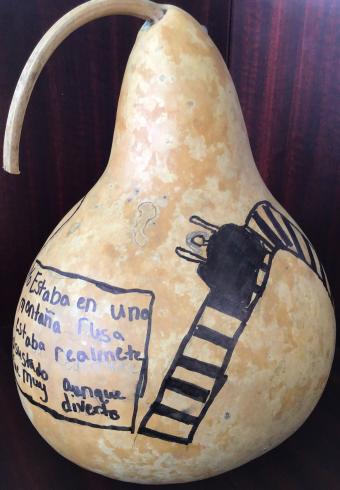The Virtual Classroom as Artspace
Arts Integration Teacher Course
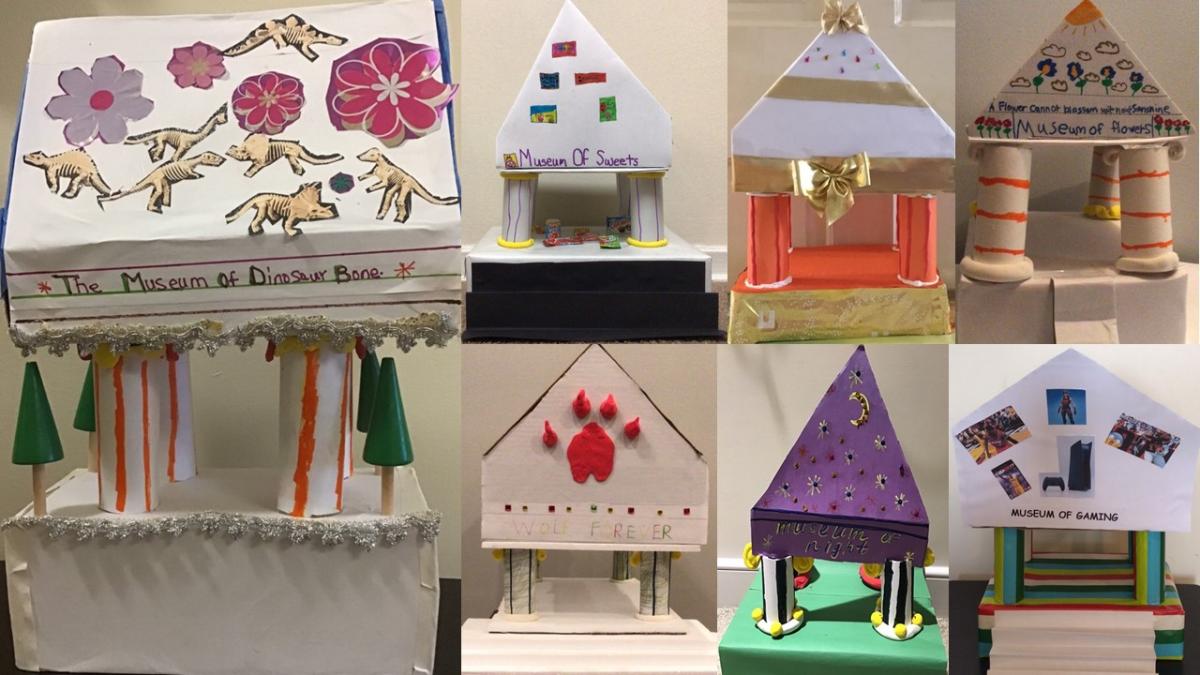
This digital exhibition showcases arts-integrated projects created by students from schools across Washington, DC, Prince George’s County (MD), and Arlington County (VA). The teachers had developed arts-integrated curricula as they progressed through the course Connecting to the Core Curriculum: Building Teacher Capacity for Arts Integration with Prism.K12. All of these artworks were created while students were learning remote during the Covid-19 pandemic, demonstrating student and teacher dedication, tenacity, and resilience.
ABOUT THE PROGRAM
A collaboration between The Phillips Collection and University of Maryland, this course provided PK-12 educators with the opportunity to seamlessly integrate the visual arts into the core curriculum using The Phillips Collection’s Prism.K12 arts integration strategies and resources. Educators expanded their understanding of and skills in arts integration by planning, practicing, and implementing arts-integrated lessons in their classroom. The course, delivered through virtual Zoom sessions, included online engagement and hands-on practice with students.
Connecting to the Core Curriculum
Take a glimpse into the course and the incredible work the teachers and students have done!
MUSEUM FACADES
TEACHERS: Elaine Edwards and Karen La Du
SCHOOL: Dr. Charles R. Drew Elementary School
CLASS: Grade 3
PRISM.K12 STRATEGIES: Identify and Synthesize
ARTWORK INSPIRATION: William Christenberry, Church Across Early Cotton (Vertical View), Pickinsville, Alabama, 1964; Abelardo Morell, Camera Obscura: The Pantheon In Hotel Albergo Del Sole Al Pantheon, Room #111, Rome, Italy (From The “George Eastman House Sixtieth Anniversary Portfolio”), 2008
Grade 3 students created 3D museum facades inspired by the photographs of Christenberry and Morell and the classical architecture of Washington, DC, and Ancient Rome. Students IDENTIFIED the characteristics of the classical order in the US Supreme Court building and the Roman Pantheon. Students SYNTHESIZED their observations with creative proposals for a new museum to be constructed on the National Mall. Inspired by the two photographs and other examples of classical architecture, students first rendered their museum facades in pencil on graph paper. Then, with their new building skills, they turned cardboard tubes, corrugated cardboard, paper, fast-drying modeling material, and found objects into their entryways. New concepts of classical order and other pertinent vocabulary aided them with their task. Lastly, they photographed their work and talked about why they chose to create this type of museum.
PROTEST STORIES
TEACHER: CeCe Ogunshakin
SCHOOL: School Without Walls At Francis-Stevens
CLASS: Grade 8 Social Studies
PRISM.K12 STRATEGY: Express
ARTWORK INSPIRATION:
- Kent State Shooting Image
- Stonewall Riots
- Climate Change – Greta T.
- Indian Women Protests
- Nigeria SARS Protests
Grade 8 students created artwork inspired by photographs of historic protest events. Students examined the photographs and collaborated to answer the questions: what do you see, hear, feel, think, and wonder? They then EXPRESSED their ideas and emotions about the photograph using only 7 words. Students created their own artwork related to their specific protest movement using paper or digital media. They were then asked to add 7 more words that presented a possible solution.
THE OLYMPIC GAMES
SCHOOL: E. Williams Spanish Immersion Elementary School & Cesar Chavez Dual Language Spanish Immersion School
TEACHER: Elena Gaston-Nicolas
CLASS: Grades K-5 Visual Art
PRISM.K12 STRATEGIES: Express, Identify, Connect, Empathize, and Synthesize
ARTWORK INSPIRATION: Piet Mondrian’s Composition No.III, 1921/repainted 1925; Artwork by Hank Willis Thomas, related to the Politics of Sport
Students in grades K-2 EXPRESSED themselves by creating original windy flags, flaming torches, and statues of liberty inspired by the Olympic games. They IDENTIFIED lines and shapes while diving deep into Greek mythology.
As part of an international virtual exchange program, in collaboration with Maria Lara Pareja at CEIPSO San Sebastián (El Boalo, Madrid, Spain), grades 3-5 designed Mondrian-inspired t-shirts CONNECTING the individual with the group.
Students in grades K-5 made blind contour portraits and human figures in motion. They EMPATHIZED with feelings and sensations produced by athletes’ images, stepping inside with Artful Thinking Routines.
All of the projects were SYNTHESIZED with a collective handmade book, inspired by Lopez-Zubero’s Olympics for a Decathlon, which deals with the subject of happiness, and Hank Willis Thomas’s artwork. Students worked as graphic designers, composing a page with elements of art and lettering.
THE PERSISTENCE OF TIME
TEACHER: Dr. Maria M. Rosales
SCHOOL: Cesar Chavez Dual Immersion Elementary School
CLASS: Grade 2
PRISM.K12 STRATEGIES: Identify, Connect, Express, Synthesize
ARTWORK INSPIRATION: Salvador Dalí, The Persistence of Memory, 1931
Second grade students learned about Salvador Dalí’s artwork (The Persistence of Memory). The students IDENTIFIED the characteristics of Surrealist art and created a watch inspired by Dali’s melted watch work, using Model Magic (clay). They also CONNECTED with the work through questions, such as: How important is the clock (time) for people? Can you think of how Dali felt when he made this piece? What is the connection that we can have to our life with this work? The students also drew different clocks marking different times in their daily routine. Finally, the students SYNTHESIZED by creating a Flipgrid video, sharing their work, and EXPRESSING how they felt about these art integration math classes.
EARTH SYSTEMS
TEACHER: Mrs. Afi Dua
SCHOOL: Springhill Lake Elementary School
CLASS: Grade 5 ESOL (English to Speakers of Other Languages) students
PRISM.K12 STRATEGIES: Identify, Synthesize
ARTWORK INSPIRATION: Asher B. Durand’s The Indian’s Vespers, 1847; Catherine Van Der Woerd, Mosaic Stained Glass - Roots, 2014.
Grade 5 ESOL students created watercolor paintings to mimic stained glass art to show various earth systems interacting with each other. ESOL students practiced speaking in academic English by using associated science vocabulary (tier 2 & tier 3 vocabulary: atmosphere, biosphere, geosphere, hydrosphere and interact ) to explain their art.
Students IDENTIFIED how Durand’s landscape art displays different aspects of each earth system. Students SYNTHESIZED science in the painting by using what they have learned about Earth systems and how they interact, to creating their own representation in the form of a watercolor version of stained glass art using Van Der Woerd.
They first created a simple drawing, then created a background using straight and curved lines. Then they painted their artwork and added bold lines as a finishing touch. Lastly they practiced using their new vocabulary to explain the Earth system’s interacting in their artwork by recording a Flipgrid video.
LEAVES
TEACHER: Payal Arora
SCHOOL: K.W. Barrett Elementary School, Arlington County Public School, VA
CLASS: Ms. Allison Platz’s Open Studio Class, Grades 1, 3, 4
PRISM.K12 STRATEGIES: Identify, Connect, Empathize, Express
ARTWORK INSPIRATION: Georgia O’ Keeffe’s Artworks at the Phillips Collection: Large Dark Leaves on White and Patterns of Leaves
Focusing on the two artworks by Georgia O’ Keeffe, Large Dark Leaves on White and Patterns of Leaves, students IDENTIFIED various types of leaves by attributes such as color, texture, size, shape, design, and patterns. They used Artful Thinking Strategies to describe what they saw (see), thought (think), wondered (wonder), and how they felt (feel). Students made CONNECTIONS with the artist by sharing their interactions with nature and the environment. They EMPATHIZED with the artists’ feelings and discussed the many changes occurring in nature/the environment. Students CONNECTED different kinds of leaves by sorting and classifying. Lastly, using a storyboard and poetry, students EXPRESSED their thoughts and ideas through their art and writing.
Gourds
TEACHER: Ana Chuquizuta
SCHOOL: Burrville Elementary School
CLASS: Grades 4 and 5 World Language Class (Spanish)
PRISM.K12 STRATEGIES: Identify, Synthesize, Express
ARTWORK INSPIRATION: Mariano Flores Kananga, 1925 carved gourd
Students narrated their personal stories on gourds. Their works were inspired by Mariano Flores Kananga’s carved gourd, and other carved gourds depicting scenes of everyday lives in pictures and writings. Students IDENTIFIED scenes of those events, looking closely, and describing what they observed. They SYNTHESIZED their present events with objects, memories of their families, and daily routines. They EXPRESSED their personal daily lives through drawings and paintings describing the scenes of members of their families, daily routines, and emotions in Spanish words.
